- Grades 6-12
- School Leaders
Enter Today's Teacher Appreciation Giveaway!

260+ Field Trip Ideas for Grades Pre-K Through 12 (In-Person and Virtual)
Get out of the classroom and explore the world!
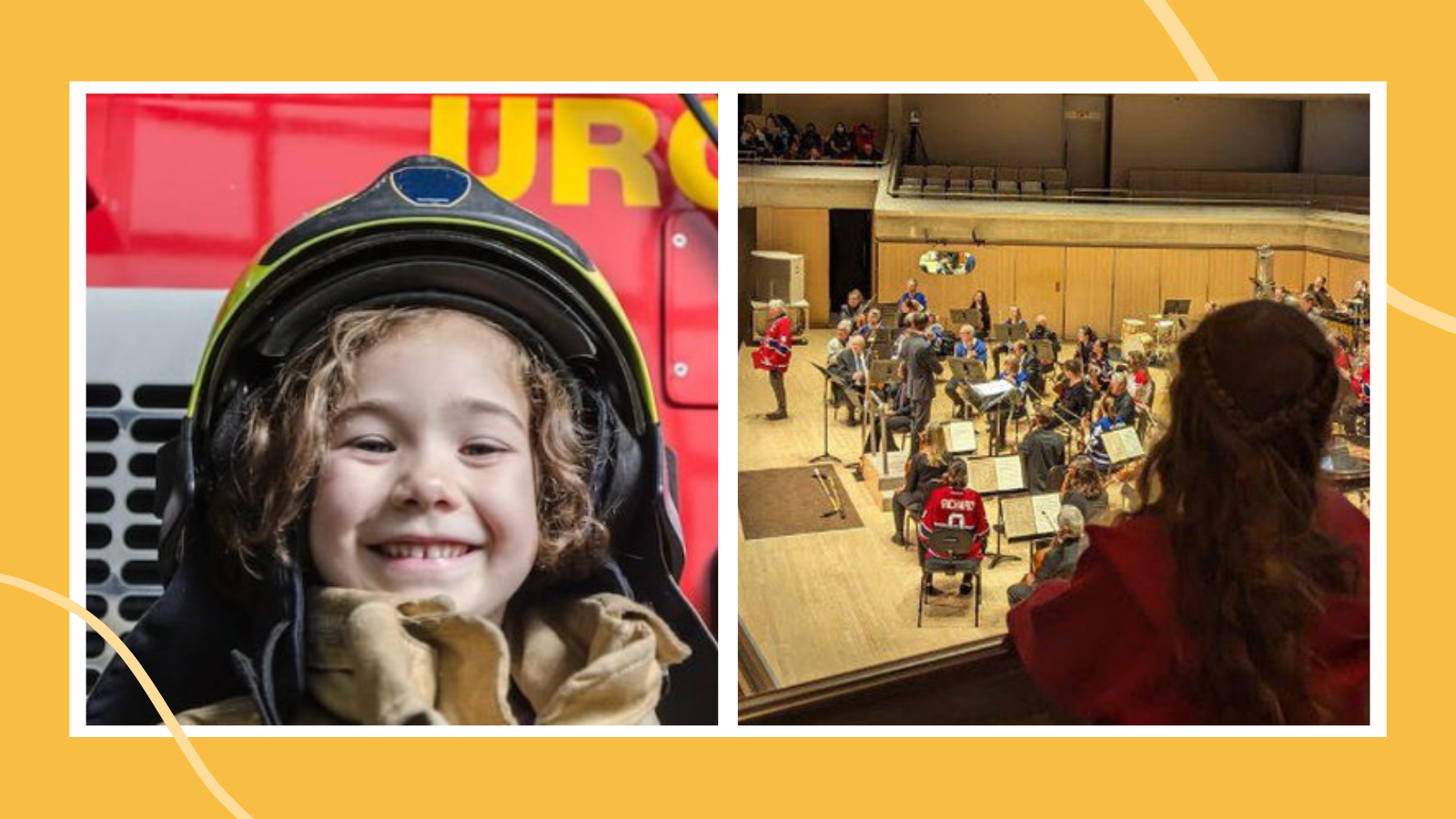
Field trips are a quintessential school experience. You usually only get one or two a year so it’s important to do it right! Our roundups of unique field trip ideas have something for every age, subject, and interest. We’ve even got resources like permission slip forms and chaperone tips. Get ready to leave the classroom behind to take learning on the road!
Preschool Field Trip Ideas
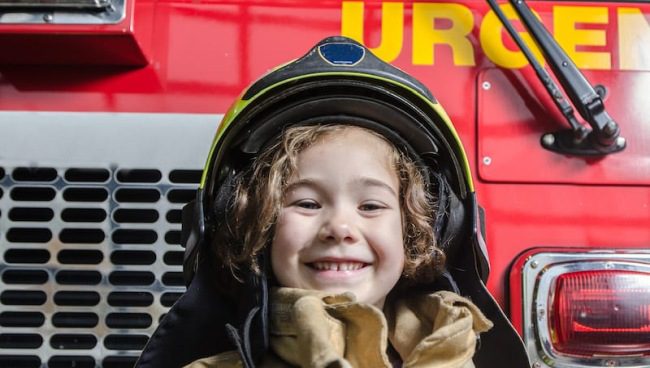
Early-grade field trips help kids learn about the world and also teach them good field trip behavior. These are our top picks for the pre-K crowd, but many of the options on our kindergarten list are perfect for this age group too.
- Library: Not every student’s parents take them to story time. Schedule your own trip, and show kids that having fun isn’t hard when you have a library card!
- Farm: Whether you learn how vegetables are grown or where milk and eggs come from, the farm is always a hit.
- Grocery store: Go behind the scenes at the supermarket, and use this trip as the foundation for lessons on healthy eating.
- Park: From local playgrounds to majestic national parks, it’s always worth getting kids into the great outdoors.
- Children’s museum: This is the age group most children’s museums were designed for! They’ll love all the hands-on fun and excitement.
- Post office: Learn how mail is sorted and shipped, and teach students about stamps and other mail-related items.
- Bank: Money is a new concept for these kiddos, and they’ll be fascinated to step inside the vault and learn other bank secrets.
- Fire station: There’s just something about a fire truck that gets every little one excited.
- Nursing home: Is there anything sweeter than watching seniors and wee ones spend time together?
- Animal shelter: For kids who don’t have pets at home, this can be a good introduction to animals. Others will just enjoy the time with dogs and cats waiting for their forever homes.
Elementary School Field Trip Ideas
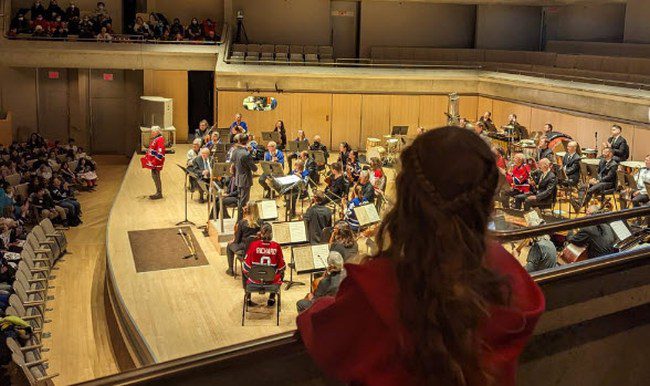
@mjdstoronto
These are the prime field trip years! Here are our favorite trips for every grade.
- 14 Kindergarten Field Trips (Virtual and In-Person)
- 15 First Grade Field Trips (Virtual and In-Person)
- 15 Second Grade Field Trips (Virtual and In-Person)
- 15 Third Grade Field Trips (Virtual and In-Person)
- 23 Fourth Grade Field Trips (Virtual and In-Person)
- 22 Fifth Grade Field Trips (Virtual and In-Person)
Middle and High School Field Trip Ideas
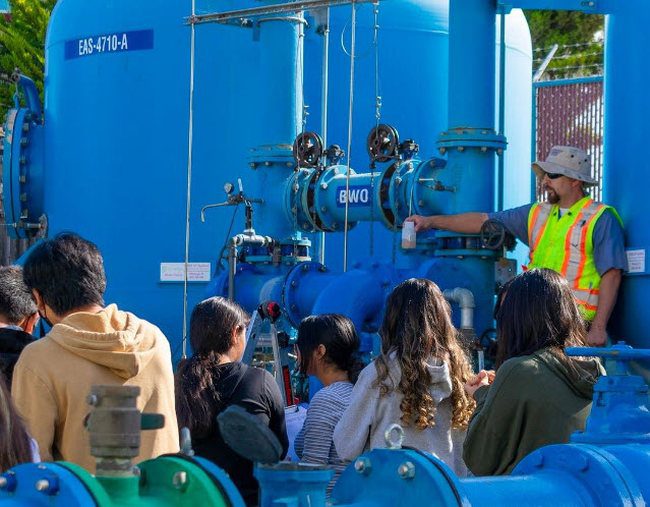
@salinasvalleybasingsa
For this age group, you’ll need to step up your game a bit. (They’ve probably already been to the zoo, the aquarium, and the art museum.) Try some of these locations, which offer educational, social-emotional, and real-life learning opportunities.
- Food bank: Hold a food drive, then arrange a trip to your local soup kitchen or food pantry. Volunteering makes for truly meaningful field trips.
- Recycling facility: In a time when reducing landfill waste is more important than ever, a trip to a recycling facility can help drive home the message.
- Theater: Many theaters offer behind-the-scenes tours for schools and discount pricing when you buy tickets in bulk. (Want to go virtual? Check out the Hamilton Education Program !)
- Community college: Parents sometimes take kids on college visits, but a community college trip offers opportunities for even more students to see themselves getting a higher education.
- TV station: Kids interested in communications or technology will find this completely fascinating.
- Courtroom: There’s no better way to understand the justice system than to see it in action.
- State or county capitol: Every government class should visit a local capitol to meet with officials and see how the government works.
- Local business: This can be a cool way to learn about managing a business, working with customers, or discovering how products are made.
- Wildlife rehab facility: Introduce students to the people who help injured wild animals recover and live free once again.
Virtual Field Trip Ideas
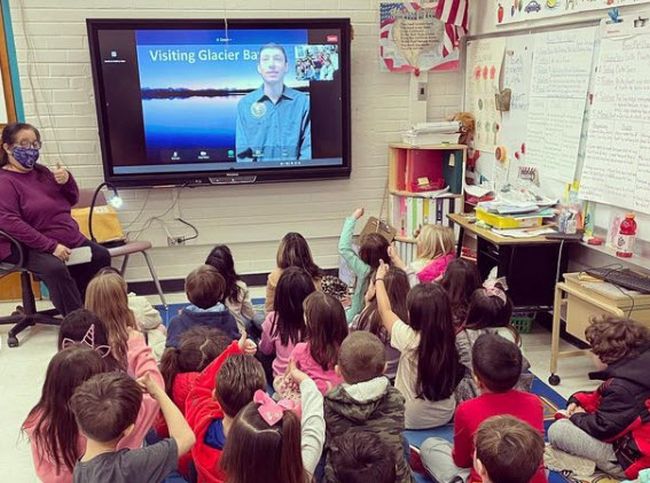
@edtech_tusd
The terrific thing about virtual field trips is that they eliminate so much of the hassle. No need to collect permission slips, arrange for buses, or recruit chaperones. Plus, they’re usually free!
- 40 Amazing Educational Virtual Field Trips
- 20 Terrific Virtual Art Museum Field Trips
- 18 Incredible Virtual Zoo Field Trips
- 15 Fascinating Aquarium Virtual Field Trips
- 3 Science Virtual Field Trips Let Kids Travel the World
Field Trips by Location
If you live in one of these cities, check out some of our favorite spots.
- 16 Cool Field Trips in Houston, Texas
- 21 Terrific Field Trips in Chicago, Illinois
- Top 10 Washington D.C. Field Trip Ideas
Field Trip Tips and Resources

There’s a lot to do when you’re organizing an off-site field trip. These resources are here to help.
- Preparing Parent Chaperones for a Field Trip
- Free Printable Field Trip and School Permission Forms To Make Your Life Easier
- Things To Do Before Taking Your Students on a Major Field Trip
- Mistakes To Avoid When Planning a Field Trip for Students
- Why I Hate Field Trips (And How I Learned To Deal)
- Help! Is There Any Way I Can Get Out of Our End of the Year Field Trip?
Bonus: Looking for a laugh? Check out Ways School Field Trips Are Like The Wizard of Oz !
What are your favorite field trip ideas? Come share your thoughts in the We Are Teachers HELPLINE group on Facebook !
Plus, virtual college campus tours to explore from home ..
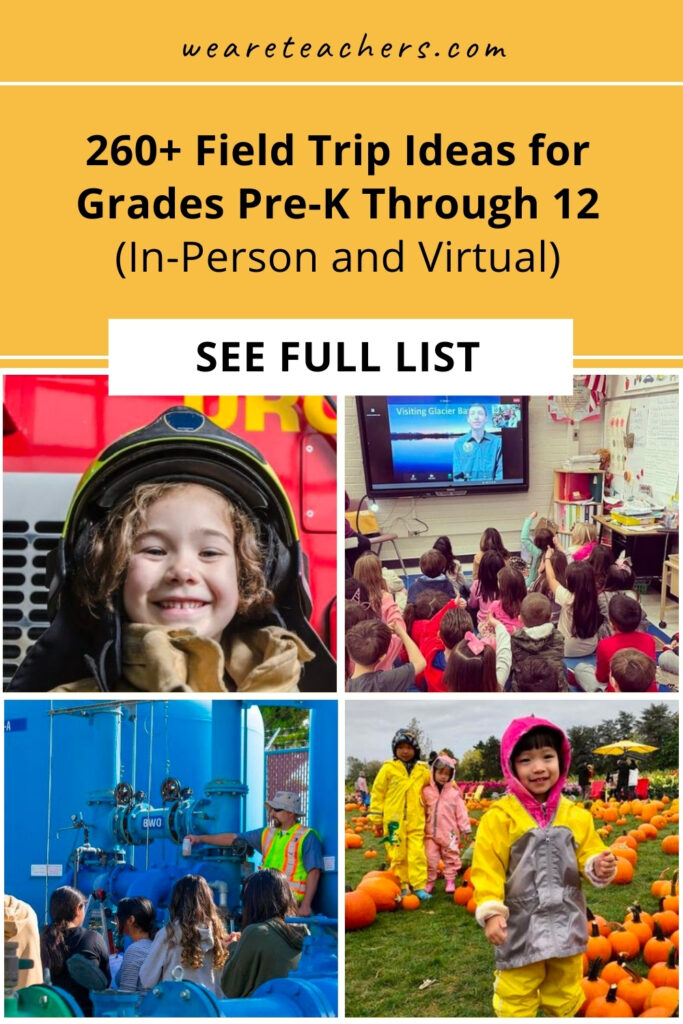
You Might Also Like
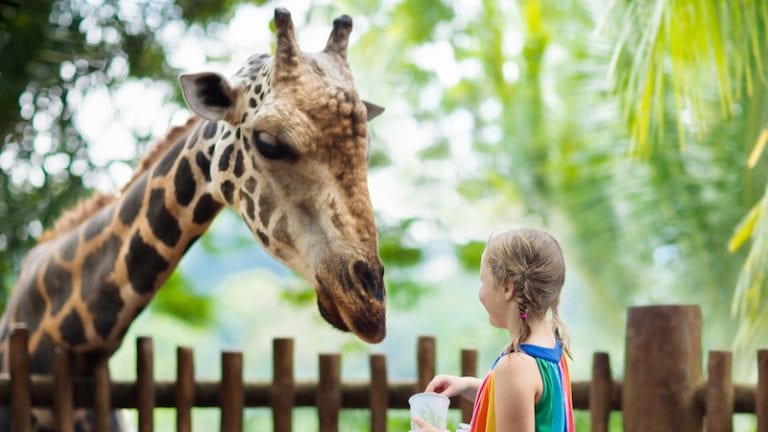
The Best In-Person and Virtual First Grade Field Trips
Field trip fun with firsties! Continue Reading
Copyright © 2024. All rights reserved. 5335 Gate Parkway, Jacksonville, FL 32256
- Prodigy Math
- Prodigy English
- Is a Premium Membership Worth It?
- Promote a Growth Mindset
- Help Your Child Who's Struggling with Math
- Parent's Guide to Prodigy
- Assessments
- Math Curriculum Coverage
- English Curriculum Coverage
- Game Portal
The 22 Ultimate Virtual Field Trips & Tours for Students
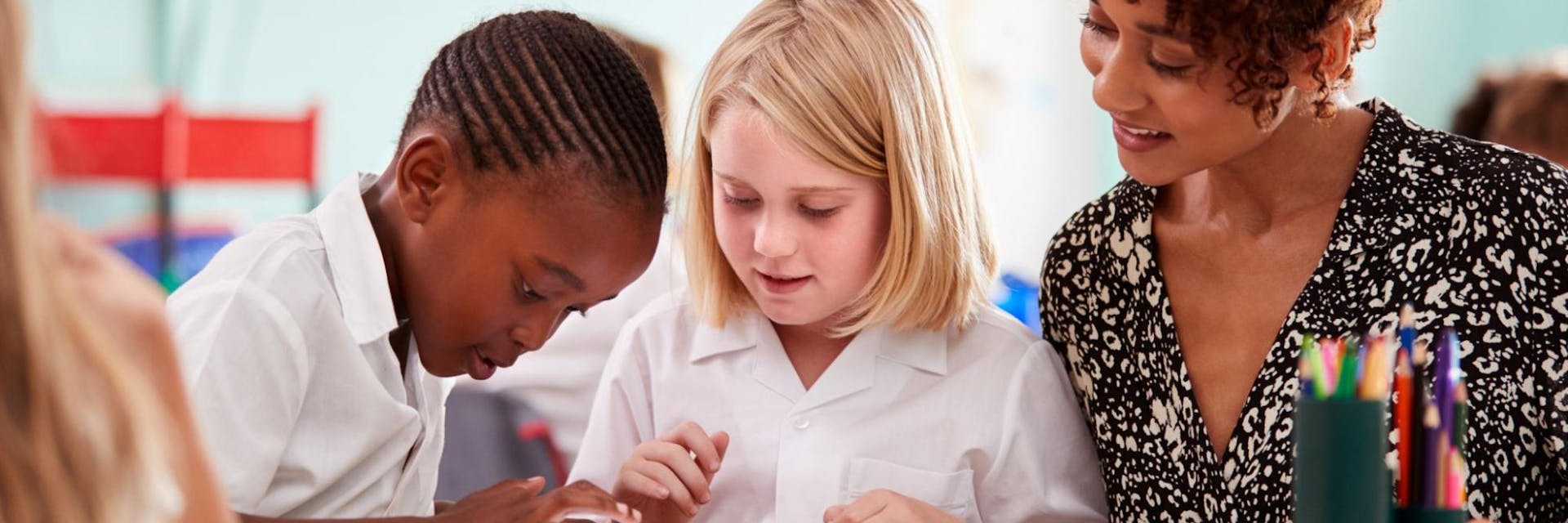
Written by Maria Kampen
Inspire your students to love learning with Prodigy Math.
- Teacher Resources
What is a virtual tour and how does it work?
Technology powering virtual field trips for students, 22 best virtual field trips for students, how to incorporate virtual tours into learning activities.
Imagine taking your entire class to see one of the seven wonders of the world up close and personal — and then being back at school before the final bell rings.
The rise of online learning activities during the pandemic accelerated the availability of virtual field trips , tours and experiences for students of all ages. Now there are many interactive virtual tours available to places that would be impossible to reach on a class trip — the pyramids in Egypt, the Louvre museum in Paris or even an African safari.
We put together a list of 22 unforgettable virtual field trips and experiences that will help your students see amazing sights, connect their learning to real-world experiences and expand their horizons.
Virtual tours allow students to explore noteworthy places around the world, from the comfort of their home or the classroom.
Virtual tours give students the opportunity to stop, explore and guide learning at their own pace. While they’re exploring, they can get up close to nature or artifacts that might not otherwise be easily accessible.
Virtual tours can be many different things, including:
- A live webcam of a zoo or animal habitat
- A 360 degree view of a location you can manipulate
- Pictures enriched with helpful information and diagrams
Even ten or fifteen years ago, video tours would have been rare or impossible. Advancements in technology and education have combined to help people learn and explore from anywhere!
- National Geographic creates TV series about nature, history and archaeology
- Food shows like Netflix’s Salt Fat Acid Heat take viewers on food journeys across the world
- Planet Earth , a television series, brings far-flung locations to your living room or classroom
- Discovery Education gives educators access to multimedia resources that supplement classroom learning
- Video conferencing technology like Zoom lets you connect with people and learning experiences around the world
We love being able to sit at home or in the classroom and learn about different foods, cultures and geography. Why not introduce that to your students?
1. Take a trip to the zoo

Whether it’s live webcams of adorable pandas or behind-the-scenes tours with zookeepers, zoos all over the world offer ways for animal antics to delight and entertain your students.
Some of our favorites include:
- Edinburgh Zoo’s Panda Cam
- Georgia Aquarium’s Beluga Whale Livestream
- The Smithsonian National Zoo’s Naked Mole-rat Cam
- A live feed of African river wildlife in Laikipia County, Kenya
- The San Diego Zoo Live Ape Cam , or any of their other live animal feeds
- Home Safari videos from the Cincinnati Zoo, where zookeepers introduce you to the hundreds of animals that make the zoo their home.
2. Visit The Hidden Worlds of National Parks
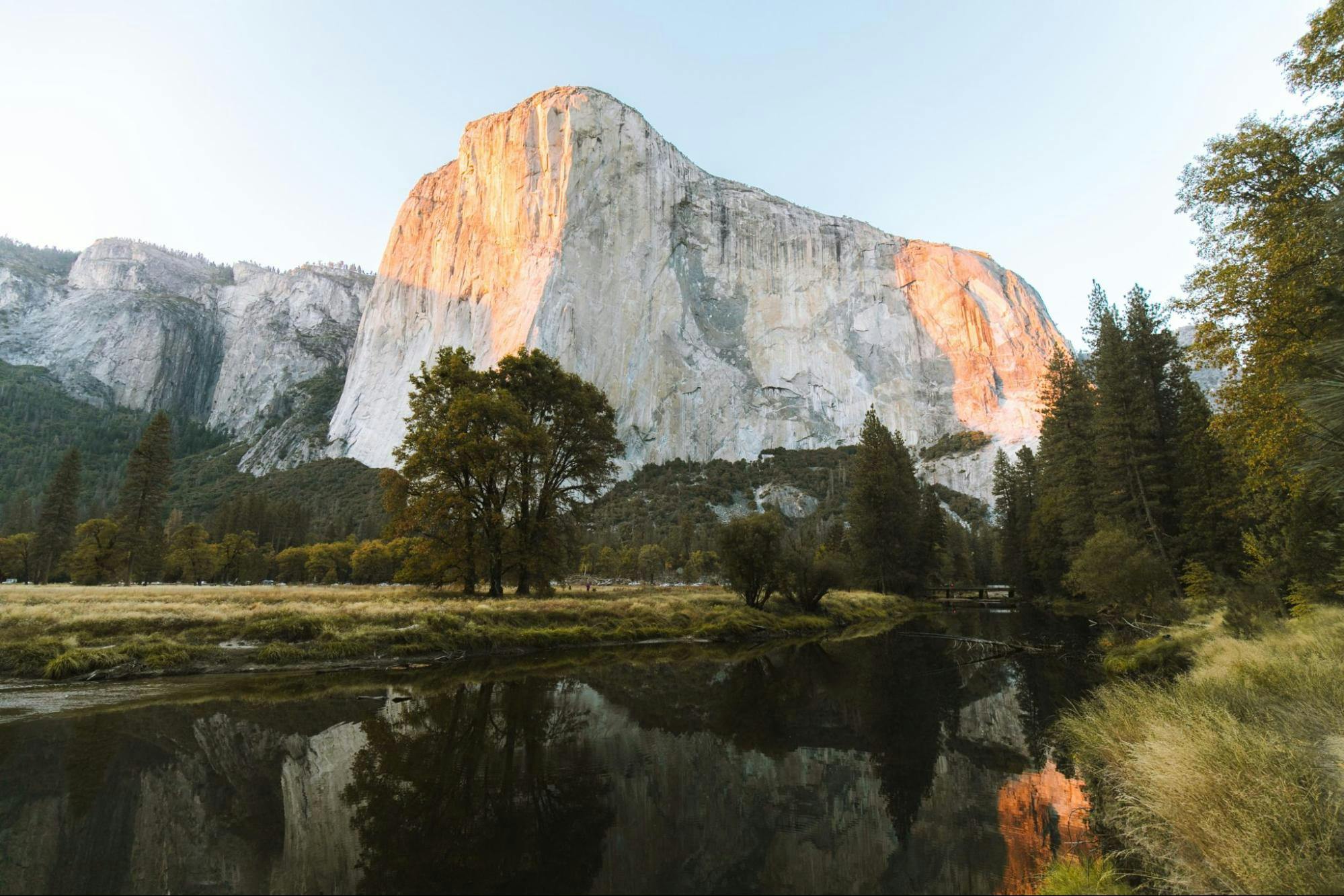
From Yosemite to Mesa Verde, explore some of the USA’s most beloved and beautiful national parks with The Hidden World of National Parks .
Supported by Google Arts & Culture , students can use the same technology that powers Street View to explore the national parks at their own pace.
The program also includes guided tours from park rangers, where they share their expertise as you explore. Follow the on-screen prompts and let them guide your adventure!
3. Watch the Monterey Bay Aquarium Sea Otters
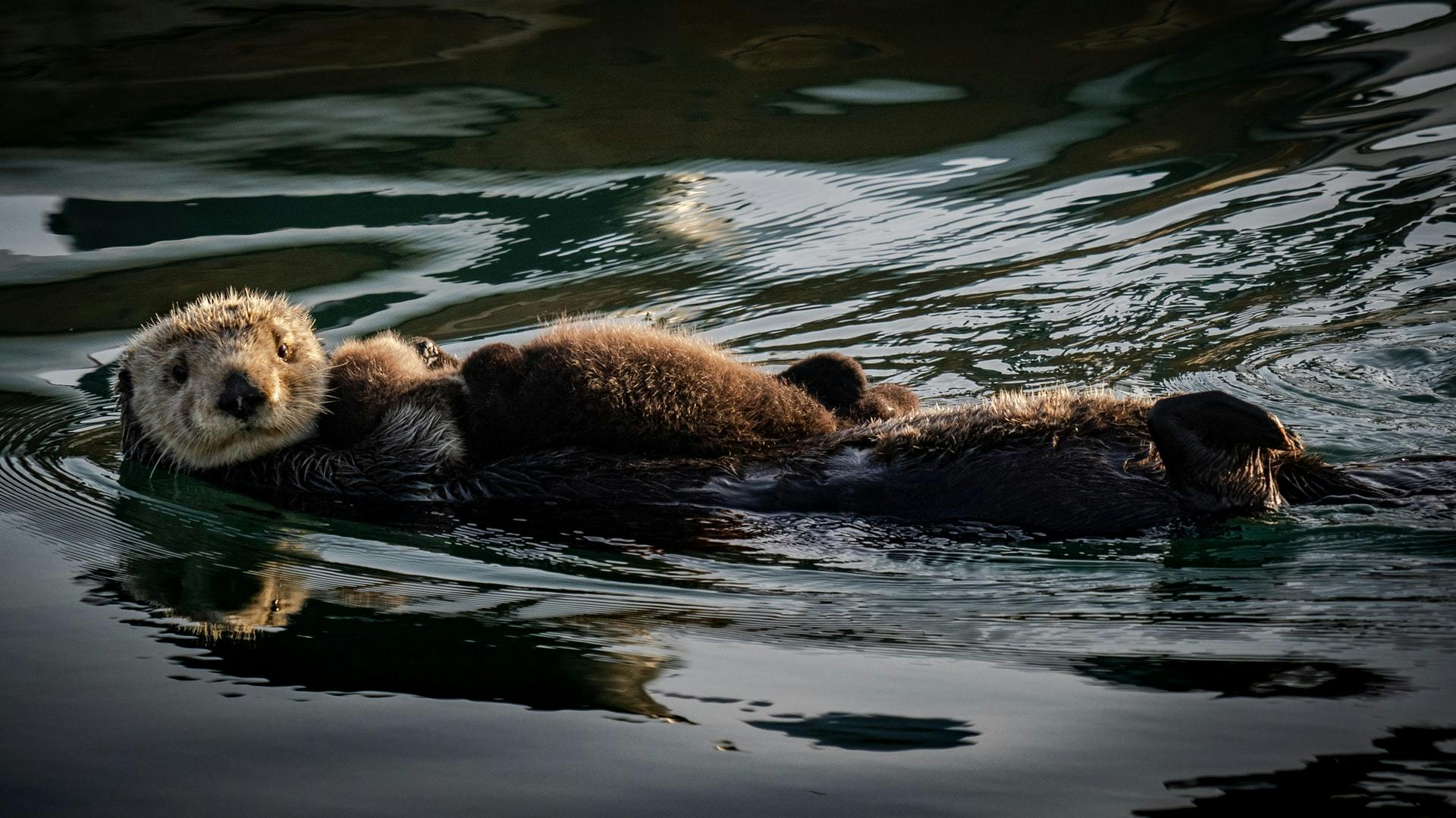
Play with the sea otters as they swim around Monterey Bay Aquarium in California! Tune in throughout the day to see them being fed, learn fun facts about otters and watch them play in the water.
If you’d like to check out some other aquarium-related channels, Monterey Bay Aquarium also offers Open Sea or Kelp Forest live streams.
4. Swim through Palau coral reefs
Travel to the Pacific Ocean through a virtual adventure and see the Palau coral reefs . Hosted by Nature Lab and the Nature Conservancy, this tour teaches students about the importance of preserving some of the most fragile ecosystems in the world — no wetsuit required.
Take learning to the next level with the Nature Lab’s Teacher’s Guide , which includes discussion questions and related resources to keep learners engaged.
5. Visit the surface of Mars

It took the Perseverance rover about seven months to get to Mars. But thanks to this virtual tour , you and your students can go for a visit in just one afternoon.
Created by Google and NASA’s Jet Propulsion Laboratory, this virtual tour takes you through the history of Mars explorations and turns what might be a far-flung topic into something right at students’ fingertips. They’ll explore the surface of Mars, learn more about the rovers that have studied its surface and understand how Mars exploration fits into the history of space travel.
6. Power up with renewable energy
Powering the Planet from the Nature Conservancy is an interactive lesson that focuses on renewable energy sources. It explains to students how energy around them is necessary for life, and covers how energy can be sourced in a way that’s not harmful to the environment.
All the Nature Conservancy’s programs come with a Teacher Guide , which offers lesson plans and activities relating to the virtual tour.
7. Walk the Great Wall of China

The Great Wall of China is over 13,000 miles long, so be sure to pack your walking shoes for this trip!
This virtual tour lets students explore key points in the Great Wall of China, plus see the history and amazing view up close.
8. Float around the International Space Station

Did you know that astronauts have continuously inhabited the International Space Station for 20 years? Now your class can join them!
With tours of the different parts of the space station, facts about the layout and assembly, and information about the different astronauts who’ve visited from around the world, students can get an out-of-this-world experience from the comfort of their home or classroom.
Plus, there are plenty of images, videos, graphics and media resources to help you tie topics into your curriculum.
9. Scuba dive in the Great Barrier Reef
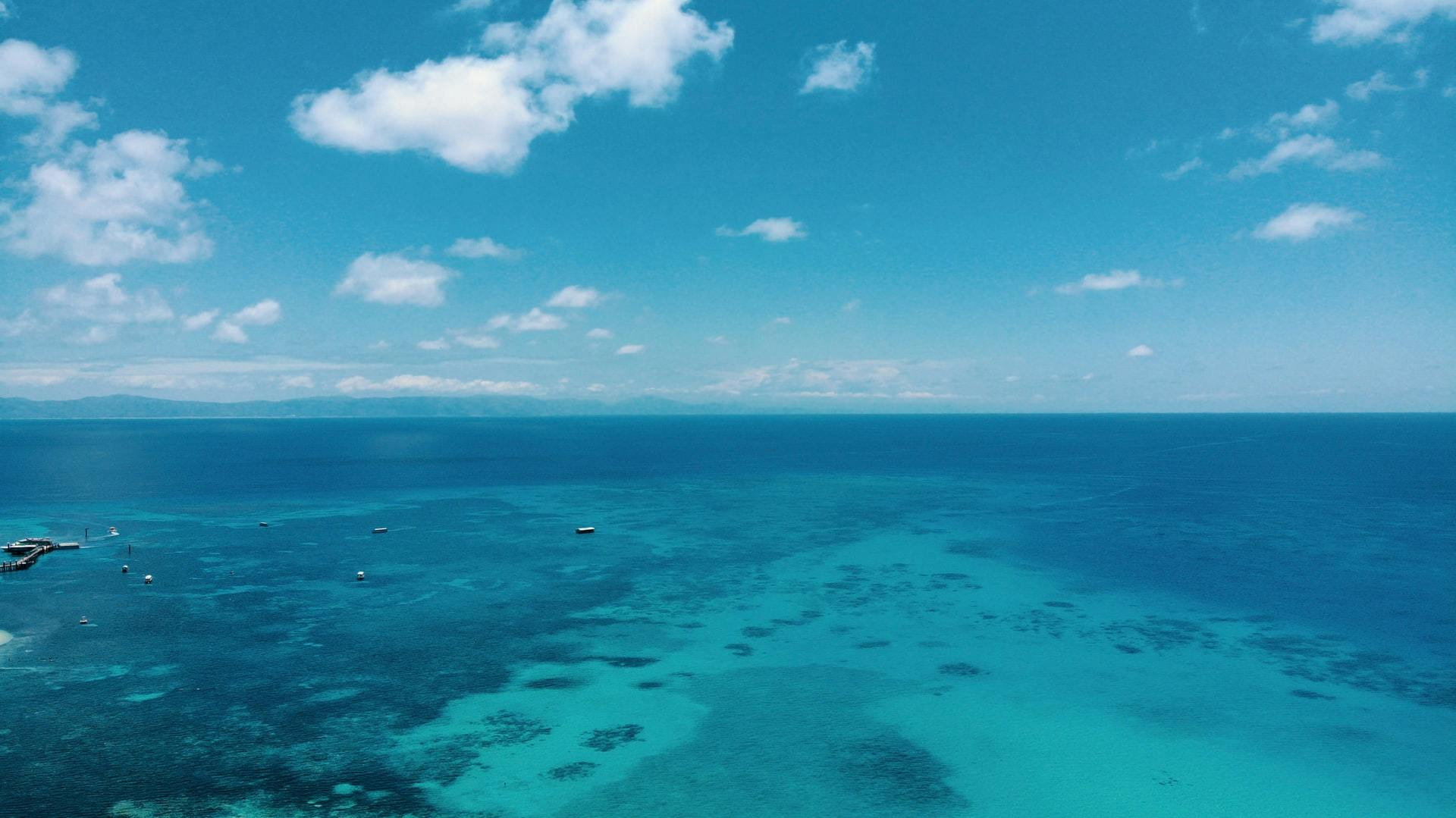
The Great Barrier Reef is a delicate ecosystem especially vulnerable to the effects of pollution and climate change.
David Attenborough’s Great Barrier Reef is a tour created in partnership with the Natural History Museum in London that teaches everyone about the beauty and fragility of one of the world’s greatest natural wonders.
The Great Barrier Reef is also available on Google Street View through Google Maps as one of the first underwater locations to be mapped.
10. Learn about water and Colombia’s páramo ecosystem
Just outside of Bogotá, Columbia, is one of the most diverse ecosystems in the world. In this virtual lesson, students will learn about how the water cycle plays a vital role in biodiversity, and get an up-close look at the animals that call the area home.
Use the accompanying Teacher Guide to help students discuss the topic and stay engaged with the lesson. And check out the rest of the Nature Lab's YouTube channel for even more virtual experiences.
11. Tour the Smithsonian Museum of Natural History
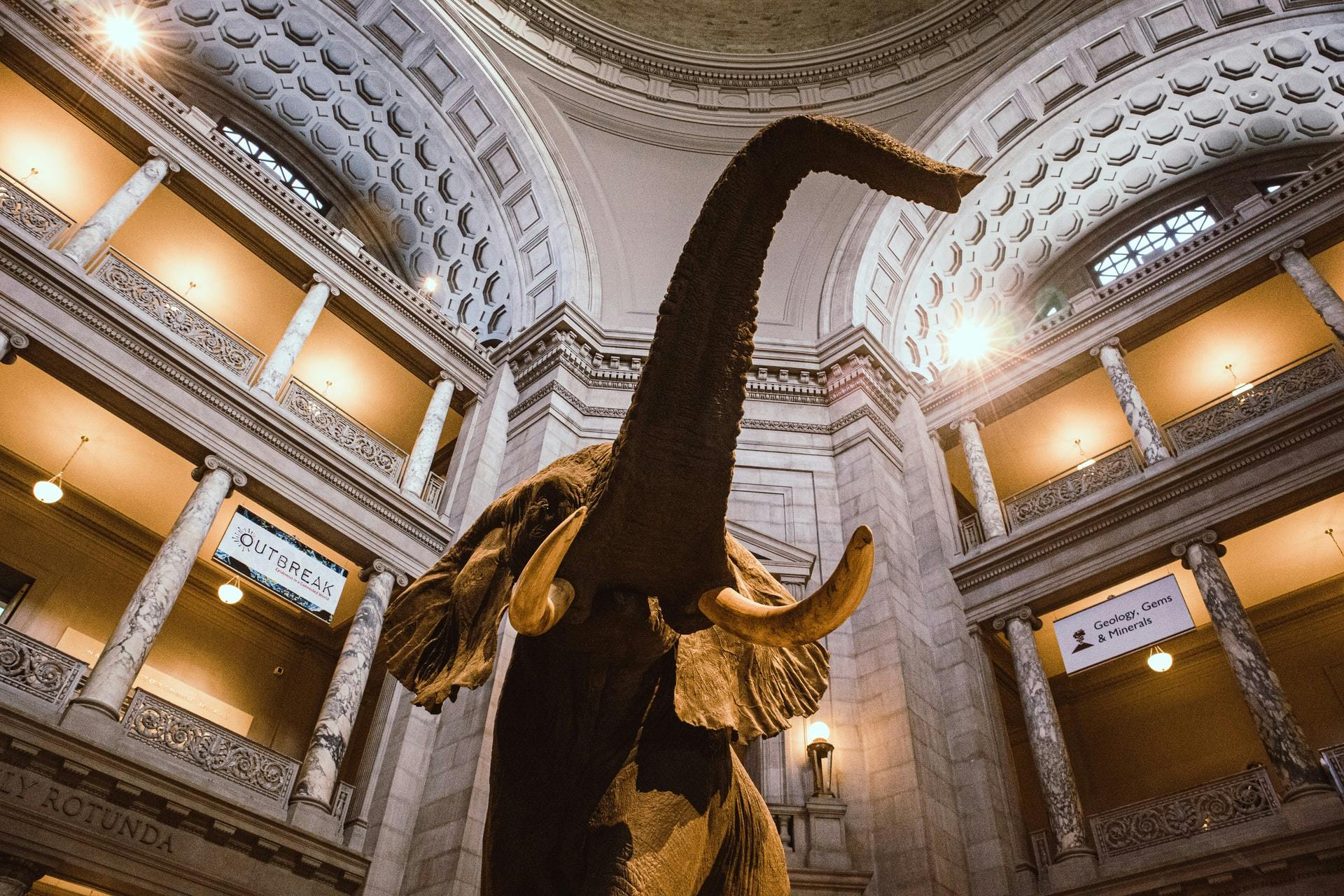
The Smithsonian Institute is the world’s largest museum — so there are plenty of things for students to explore.
With a variety of virtual tours to choose from, the Smithsonian Museum of Natural History is full of ways to get students excited about learning. Students can watch narrated tours of different exhibits ranging from history and geography to the research stations in the museum.
Whether students want to walk through the museum on their own or let someone else do the talking, there’s something for every lesson.
12. Get caught up in the American Revolution
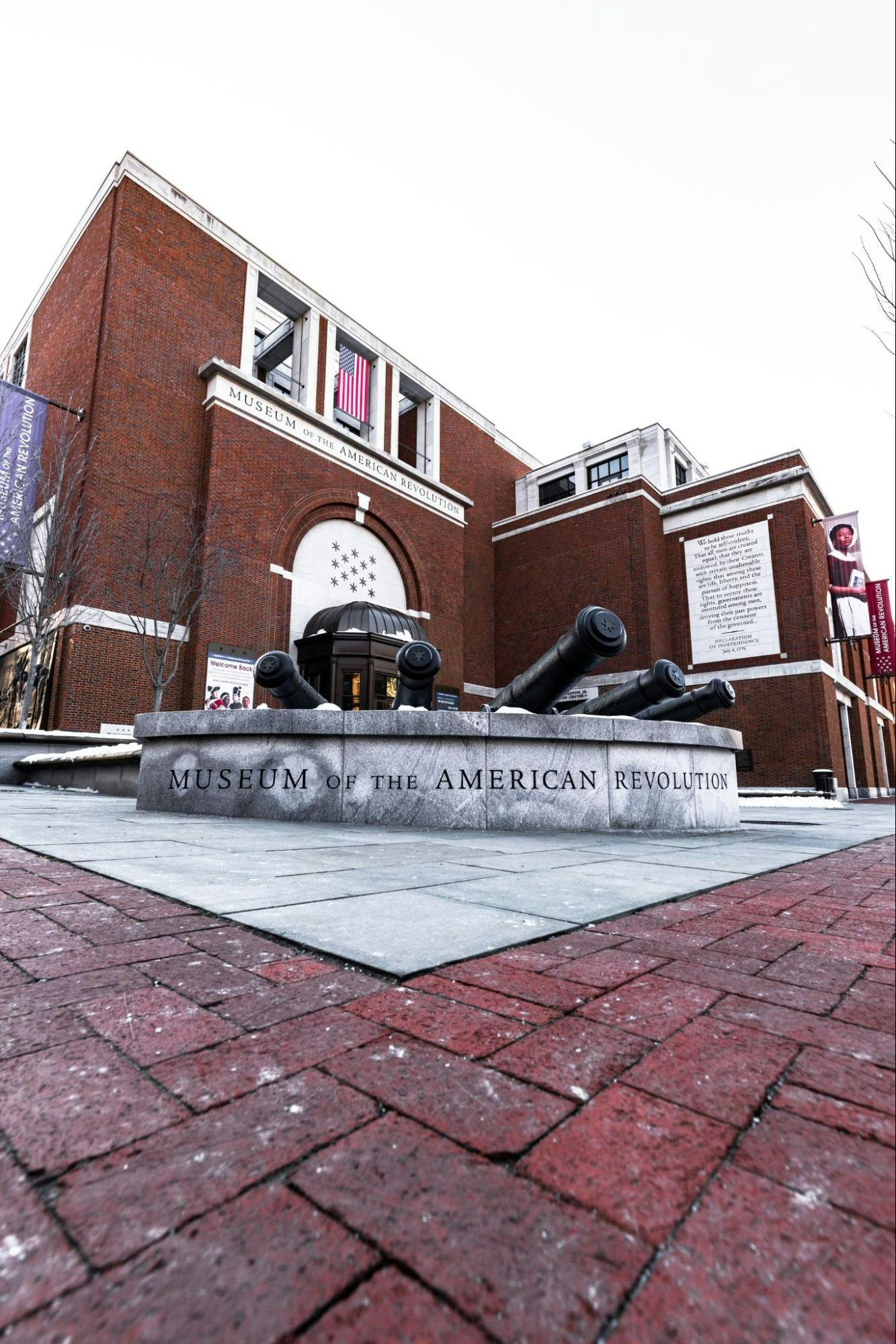
History meets the present at the Museum of the American Revolution !
This virtual tour lets students see artifacts, meet museum staff and hear stories of real people who fought for American independence.
It also comes with a Classroom Ki t for 2nd to 8th grade that supplements learning and makes it even more meaningful.
13. Trek up Mt. Everest
This 360 degree video from National Geographic lets students explore Mt. Everest along with a group of researchers. Together, they’ll discover what kind of effects climate change has on the mountain, and how we can work to preserve natural landscapes.
Not up for climbing mountains? Take a virtual ride on Expedition Everest , the tallest rollercoaster in any Disney park! But beware — there’s a monster lurking in the dark.
14. Get the right angle with Explore Geometry

Powered by Nearpod, Explore Geometry ’s lesson plans connect classroom lessons with architecture in the natural world.
Students can explore the gardens of Versailles to learn about the geometry of a French garden before moving on to the next lesson and putting their skills to practical use.
15. Wander through the Metropolitan Museum of Art in New York City
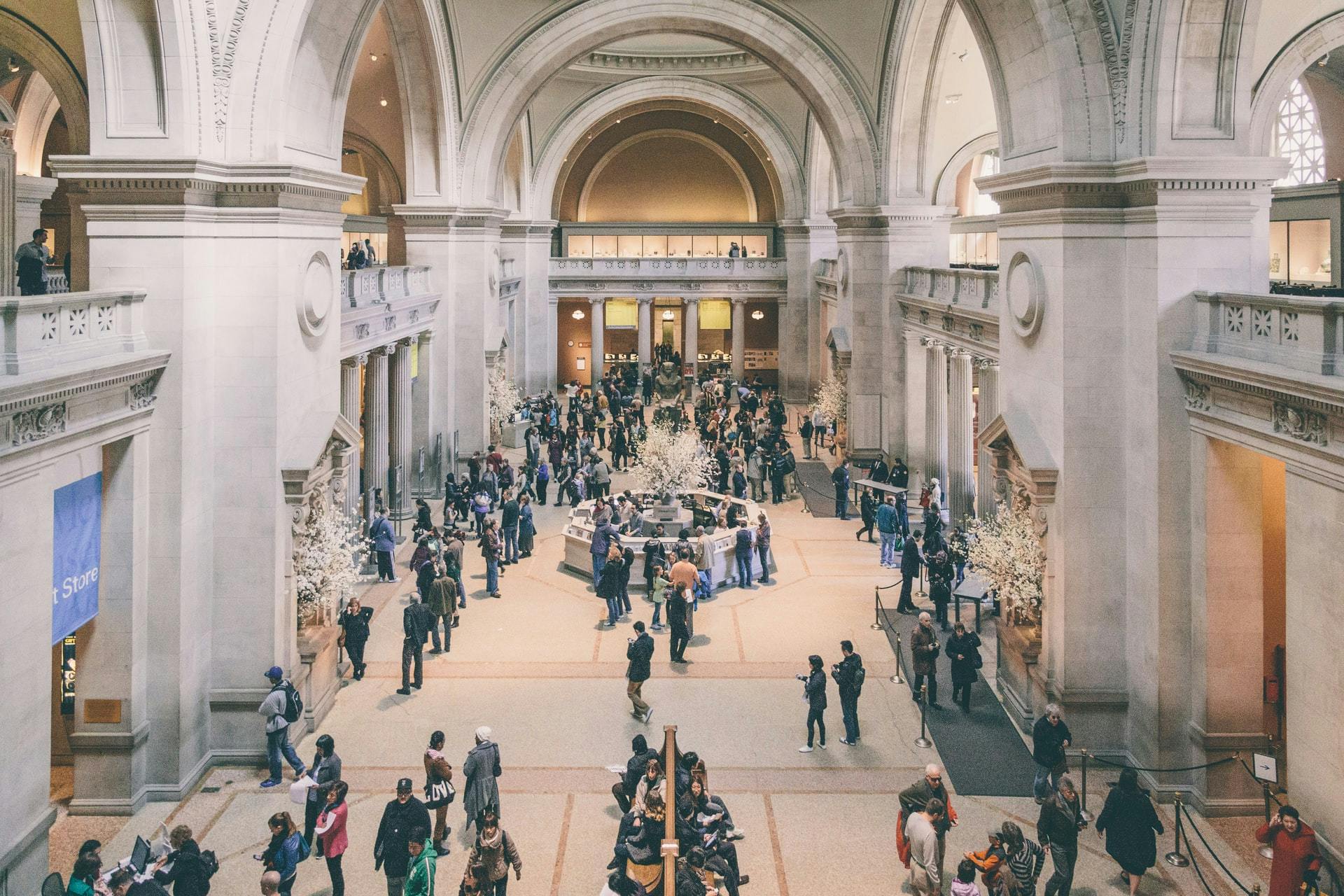
One of the most well-known museums in the world, students can now explore The Met’s vast collections with the Met 360º Project .
Virtual tours help students get a sense of the space, art and collections inside of the museum. Whether they’re interested in the Met Cloisters or the Arms and Armor gallery, students can go at their own pace, accompanied by a soothing soundtrack.
You can also book virtual tours with a museum guide to line up with your lesson plan. Tours are free for NYC public schools and all Title I schools, and $200 USD per class for other schools.
16. Explore history in the British Museum
Another world-class museum, students can explore the British Museum in London using Google Street View, read facts about the artifacts and connect what they see to their history lessons.
Whether it’s the Rosetta Stone, the Elgin Marbles, Egyptian sculpture or any other historical treasure, there’s something every student will find interesting!
If you want to let someone else do the exploring, there’s also a 46-minute virtual walking tour , where you can skip to the sections that are most relevant to you and your class.
17. Visit the White House
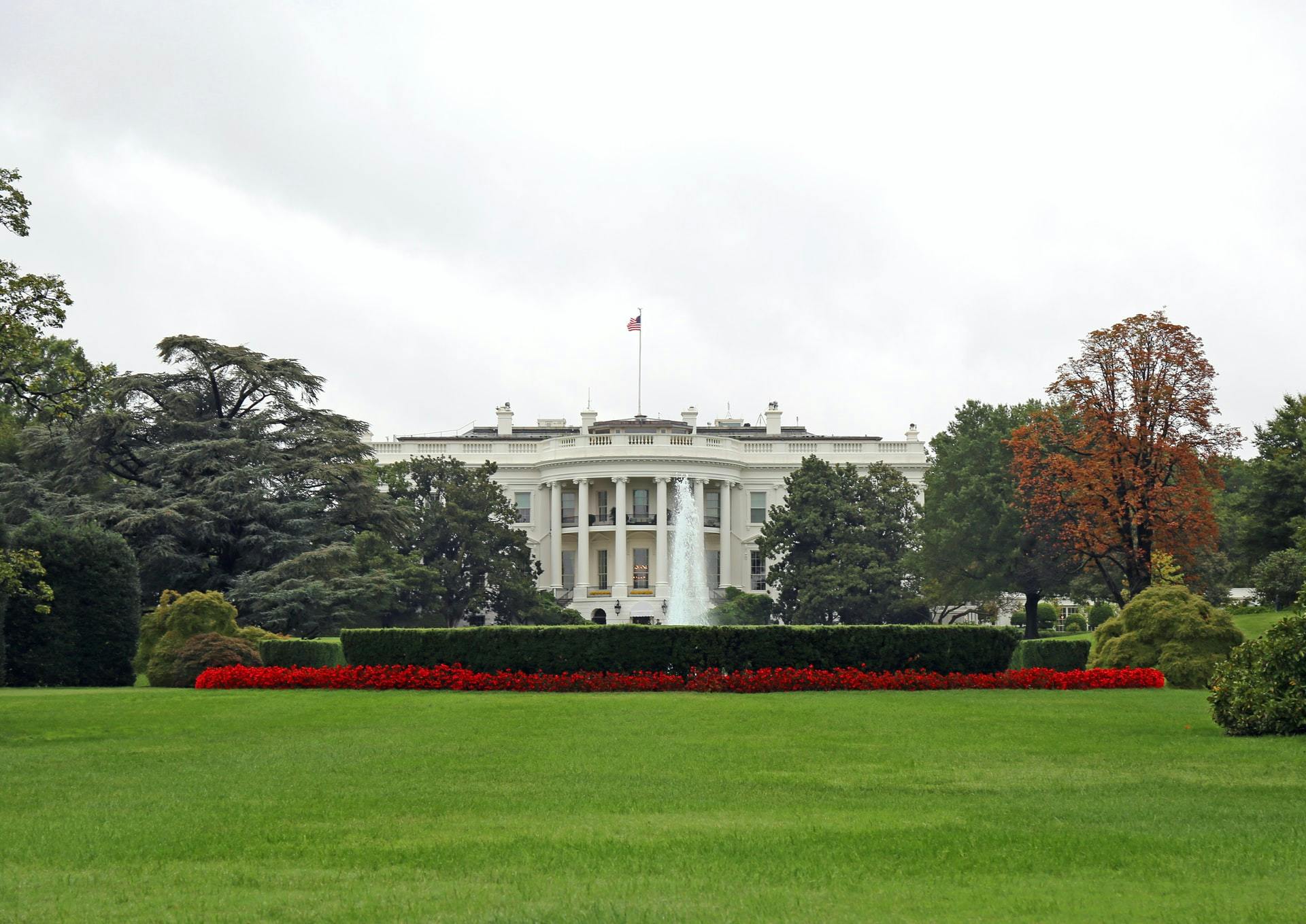
In Washington, D.C. the White House is the symbolic heart of America, and now students can walk the halls for themselves.
Whether they want to take a lap around the Oval Office or wander the building, students can explore this virtual tour from the White House Historical Association . Plus, it comes with class tie-ins like vocabulary lessons and other activities to make the experience even more memorable!
18. Arrive at Ellis Island
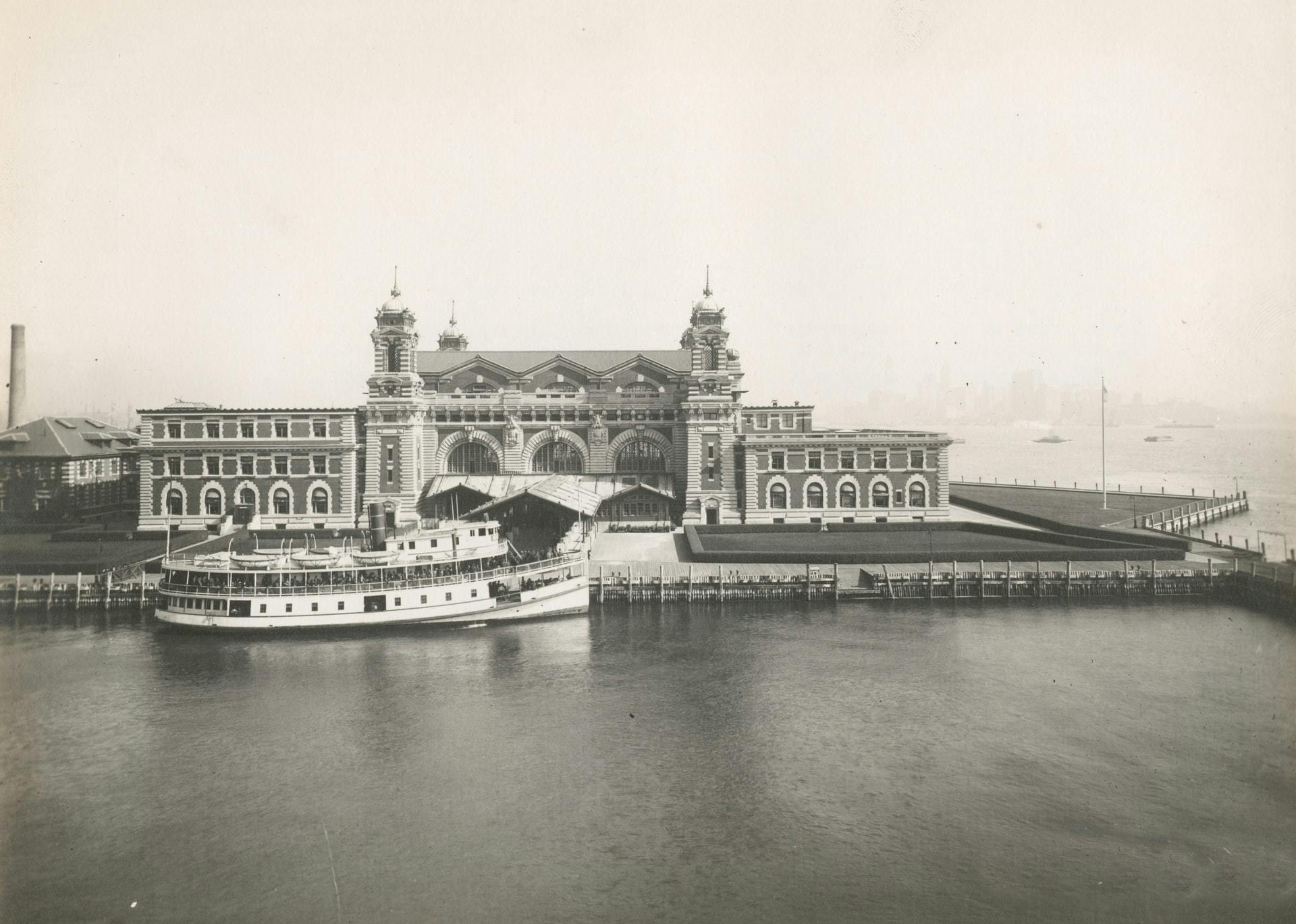
Ever wonder what it was like for new immigrants to see the Statue of Liberty and step foot on American soil for the first time?
Now students can experience it for themselves with this virtual tour , a collaboration between Scholastic and the National Park Service. They’ll learn the importance of immigration in the history of the United States and hear real-life stories about the people who came looking for a better life.
After students watch the video, they can click through this interactive map with facts and stories about the people who came through Ellis Island.
19. Explore China's forests
In this online tour, students can explore the natural habitats of pandas in the forests of China . They’ll discover how the panda’s home plays a role in understanding our world, learn about local conservation efforts and see the big-picture view of how these vast forests fit into our understanding of nature and climate change.
Plus, this program also comes with a handy Teacher Guide for you to use in lesson planning!
20. Bundle up in the Arctic tundra

Take a virtual field trip all the way up north to the tundra! Discovery Education’s tundra programs for elementary, middle and high school students cover the natural habitat of polar bears, plus their activities and migration patterns.
This virtual tour comes with instructional activities and classroom tie-ins, so you can be sure students are getting a productive learning experience.
21. Go spelunking in the world's largest cave
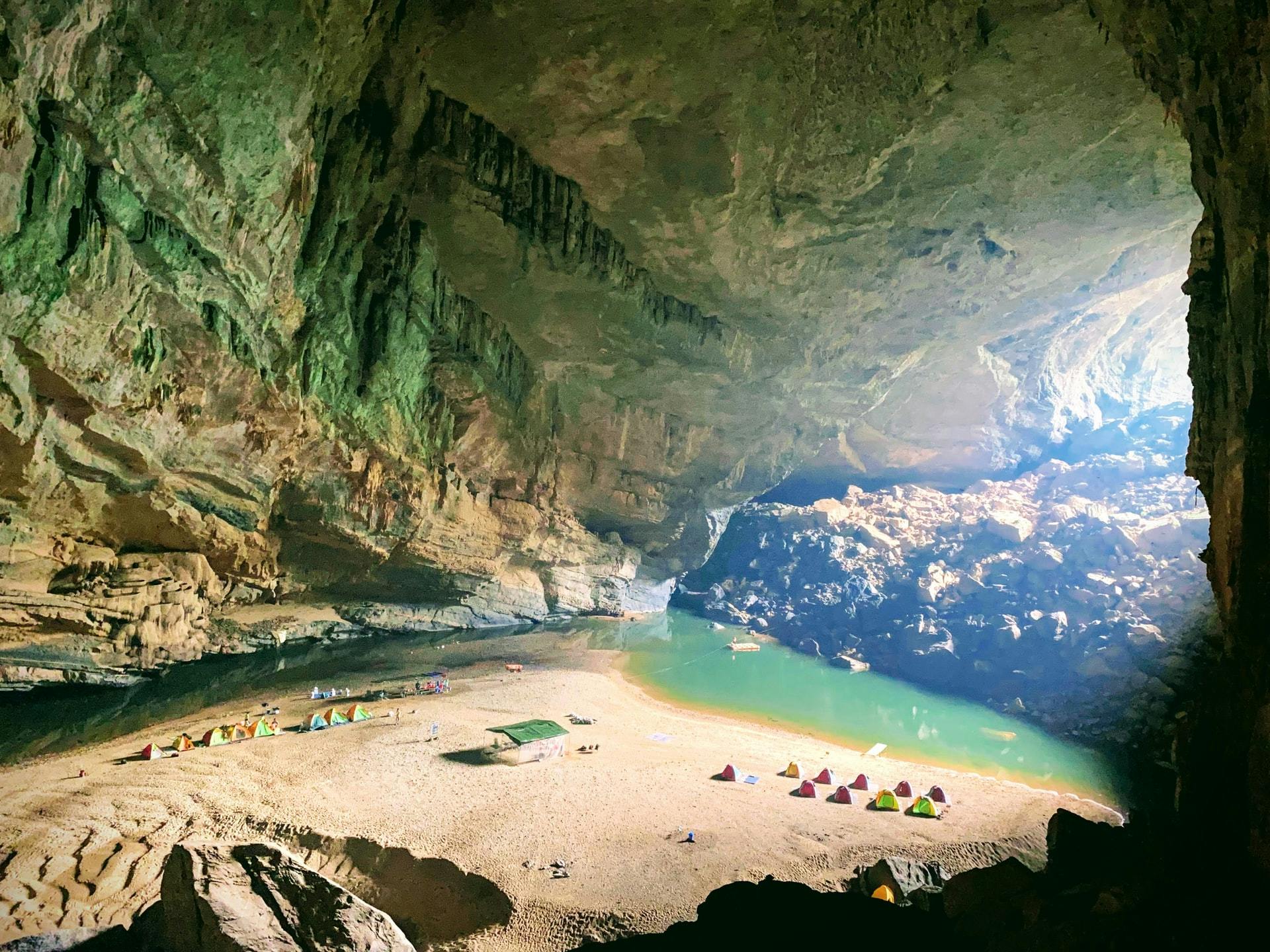
Travel through Vietnam’s Son Doong, the world’s largest cave . First explored by researchers in 2009, this cave is up to 200 meters tall in some areas and even has its own jungle inside.
It’s estimated that the total length of the cave system is over 200 kilometers, and with this National Geographic tour students can explore to their heart’s content. High definition pictures and helpful facts mean that not only is this an awe-inspiring trip for students, but it’s also educational!
Because the cave is ecologically sensitive, only a certain number of tourists are allowed to visit each year. This virtual tour is a great way for kids and adults to experience the wonder up close!
22. Browse the Louvre
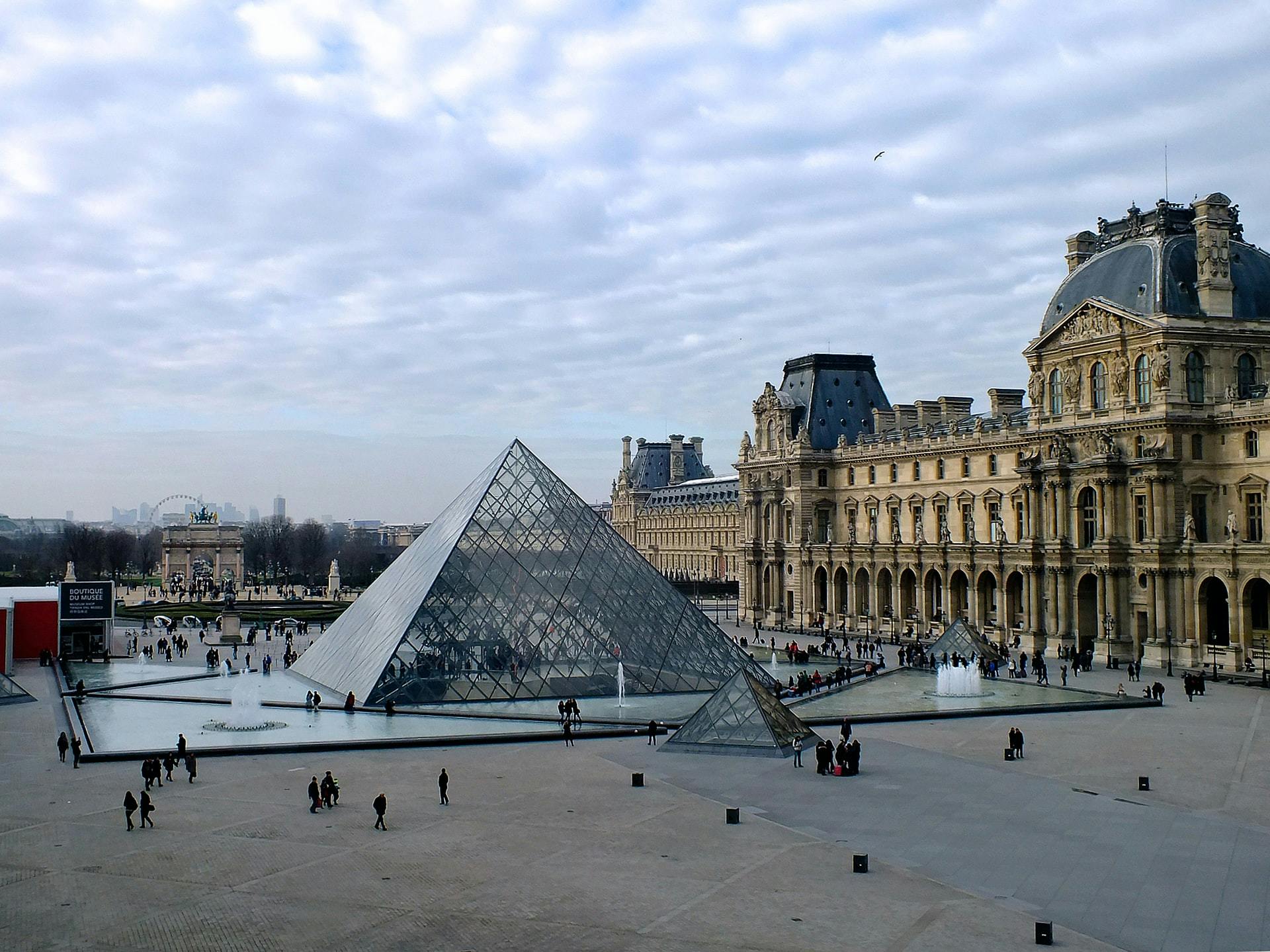
Take your students on a quick trip to Paris where you can explore the architecture and art of the Louvre without the crowds.
Plus, the Louvre also offers Louvre Kids , as well as a Mona Lisa Beyond the Glass virtual app experience where users can learn how Leonardo da Vinci created his most well-known masterpiece.
From kindergarten to high school, virtual field trips are a great way to get students excited about learning. And if you’re homeschooling , they’re the perfect way to get real-world experience without leaving the house!
To get the most out of the experience, keep these tips in mind:
- Ask students what they’re interested in exploring
- Look for virtual experiences that fit into your lesson plan for maximum impact
- Search for supplementary resources like teacher guides and discussion questions
- Try out the virtual tour first to make sure it’s worth it and to avoid any unpleasant technical glitches
- Use virtual field trips at the beginning of a unit to introduce students to new concepts, or at the end as a reward and wrap-up activity
Be sure to follow up with students and see what they liked the most. Then, harness that excitement for your next lesson or activity!
Prodigy Math Game is an adaptive math platform where students can explore a world filled with adventure, excitement and rewards — all for practicing math! While they’re having a blast answering questions and completing epic quests, Prodigy’s free teacher tools help you align their learning to your classroom lessons.
Sign up for your free teacher account today!
- Show search
Virtual Field Trips
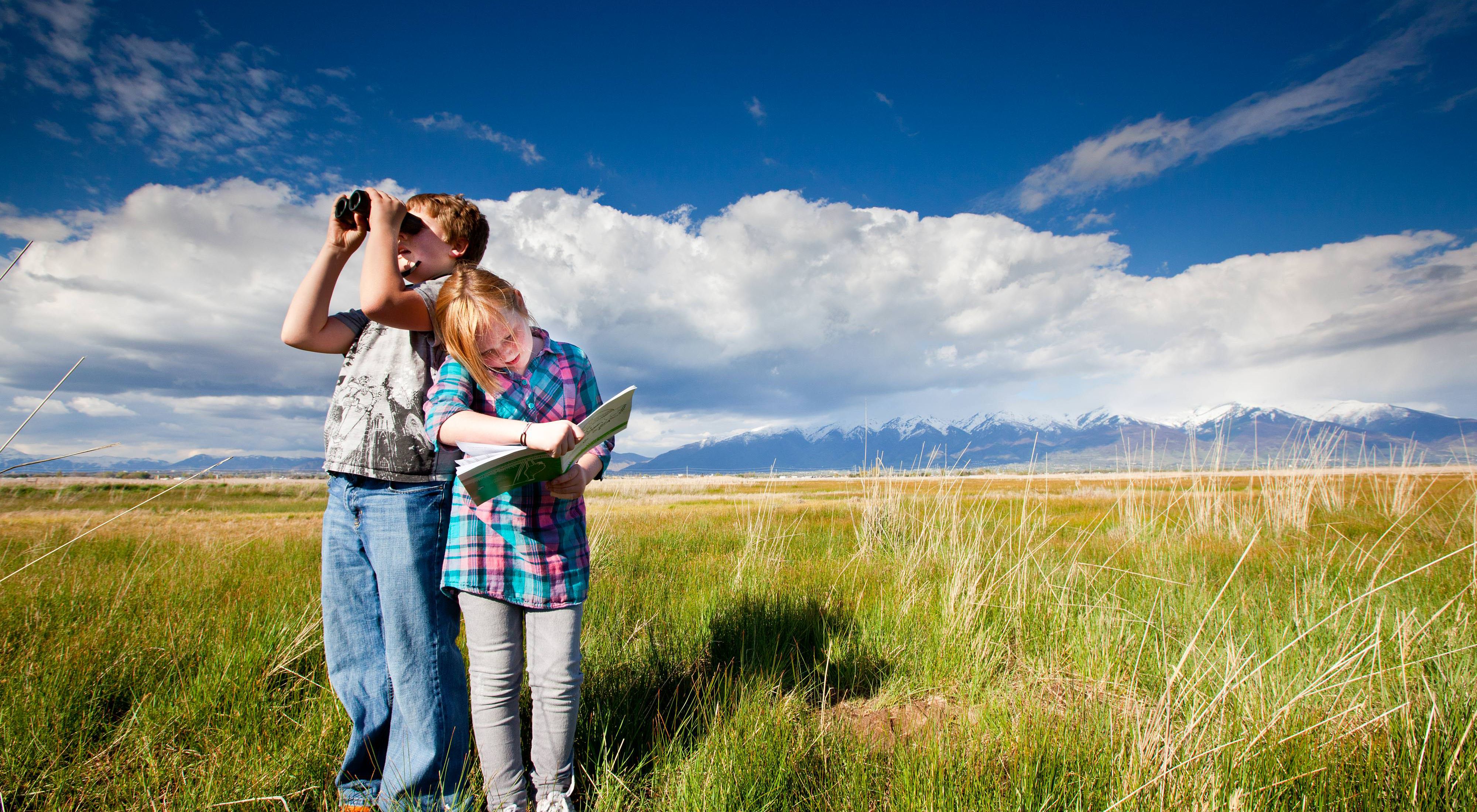
Explore the World with Virtual Field Trips
Designed for ages 9-15 but customizable for all ages, virtual field trips allow students to travel the world and explore natural environments without leaving the classroom. Each virtual field trip contains a video, teacher guide and student activities.
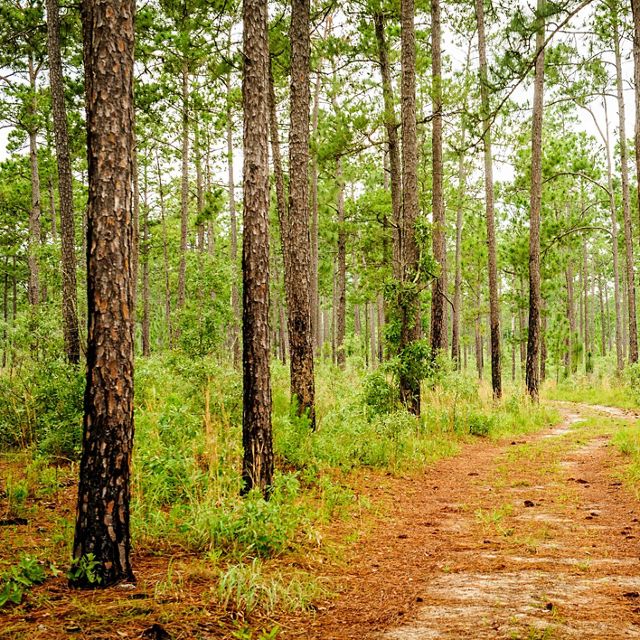
Working Trees: Reforestation and Responsible Forestry
Forests represent a powerful opportunity to pull carbon dioxide out of the atmosphere, helping to cool our planet while also providing clean air, clean water, and habitat for wildlife.
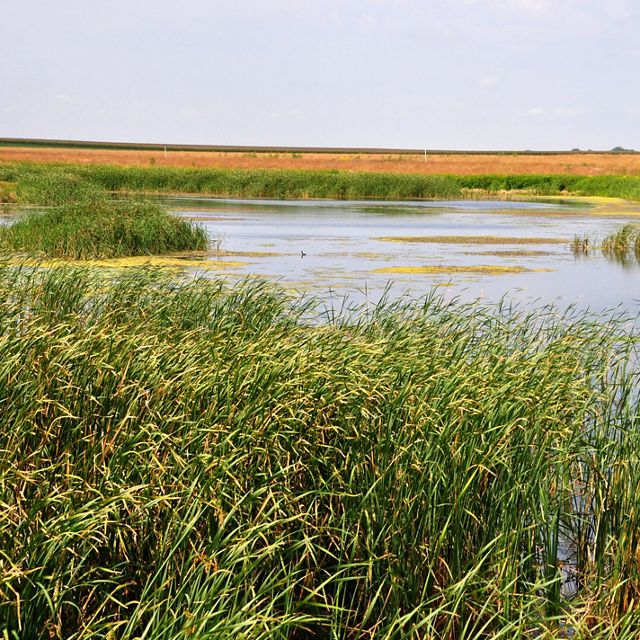
Less Harm on the Farm: Regenerative Agriculture
Food is more than something we eat to survive; it's a part of how we thrive. Learn how regenerative agriculture can help us feed a growing population while restoring nature.
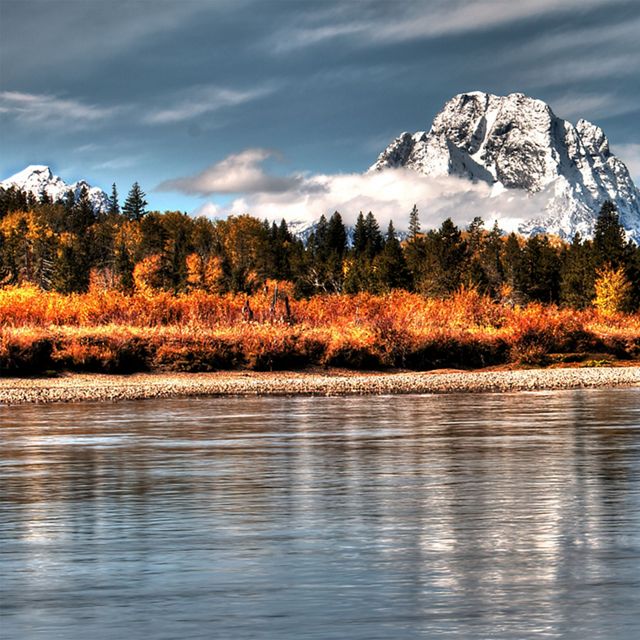
Climb-It Change
Explore how climate change is impacting alpine ecosystems and go on a climbing adventure with scientists who take you to some of the most stunning mountain ranges in the United States. This film is a Rocket Soul Studios production.
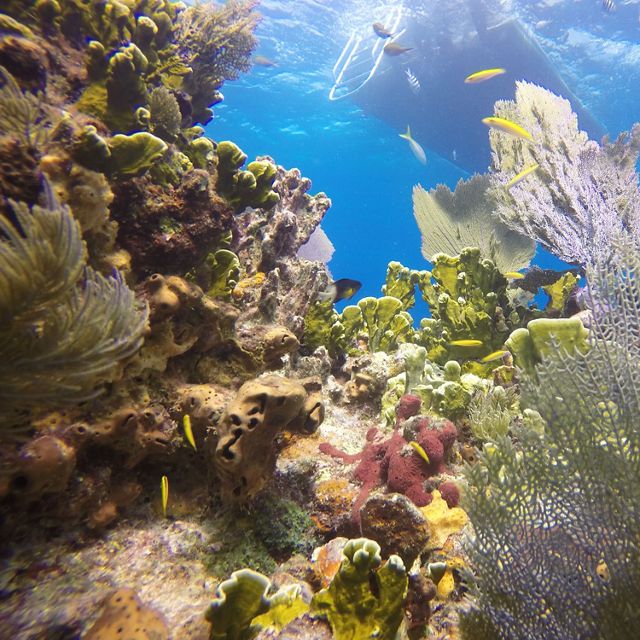
Protecting Our Oceans and Ourselves
More people rely on our ocean for food, energy, transport, recreation and other natural resources than any other time in history.
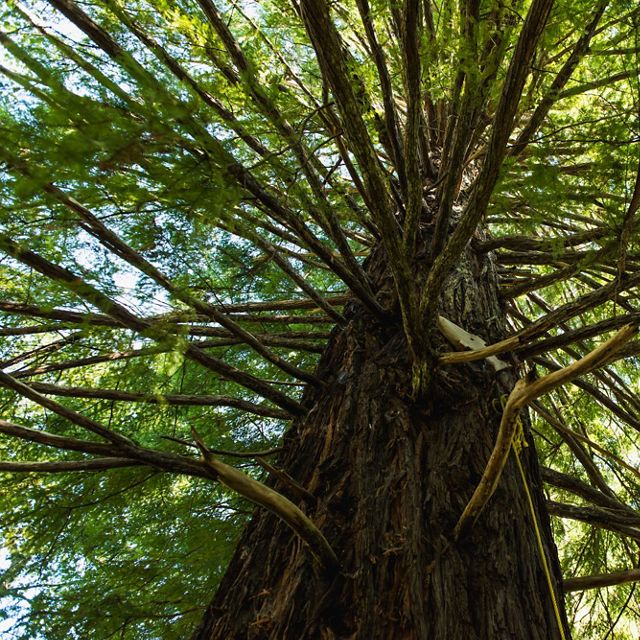
Climate Heroes: The Power of Trees
Trees are our climate superheroes! From Louisville, Kentucky, in the United States to St. Vincent and the Grenadines in the Caribbean, trees are playing critical roles in cleaning our air and improving our resilience in the face of climate change.

You’re the Scientist! Citizen Science, Frogs and Cicadas
The conservation community relies heavily on volunteers not only to restore natural areas but to help gauge the success of restoration efforts.

Changing Climate, Changing Cities
Get a front-row, ground-level seat to the challenges cities face as they confront this force of nature, and discover the solutions experts are promoting to mitigate it.
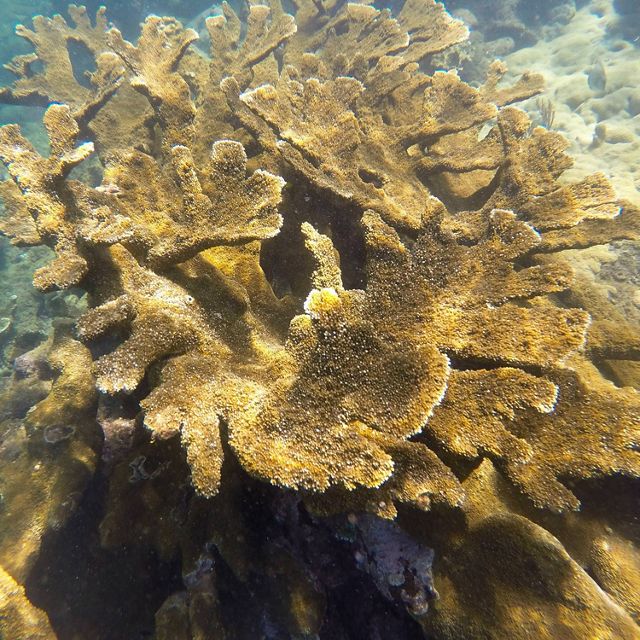
The Secret Life of Corals
Learn how fragile reefs are being damaged by human activity and climate change, and how scientists are developing ways to restore corals.
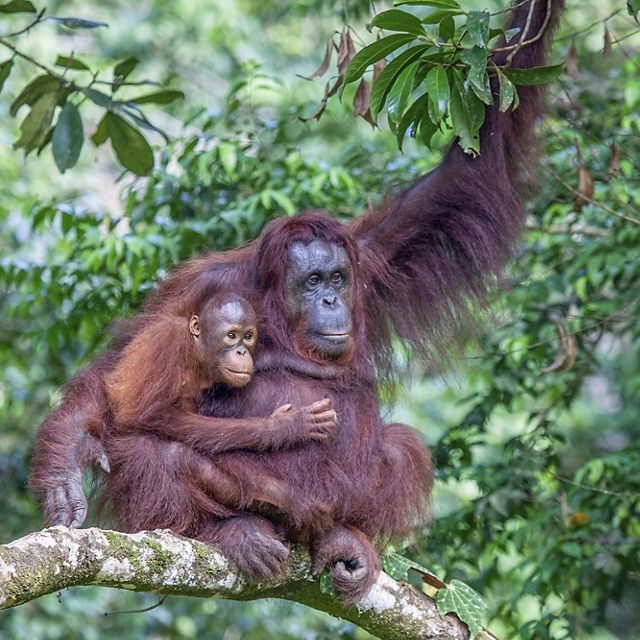
Borneo: The Symphony of the Rainforest
On this journey, we’ll learn how experts are using cutting-edge science to find out how healthy the rainforest is—and to discover where it needs some help!

View from a Canoe
Can you imagine a place with 100 million acres of forest and 30,000 miles of coastline? It exists. The Emerald Edge is home to the largest intact coastal temperate rainforest.
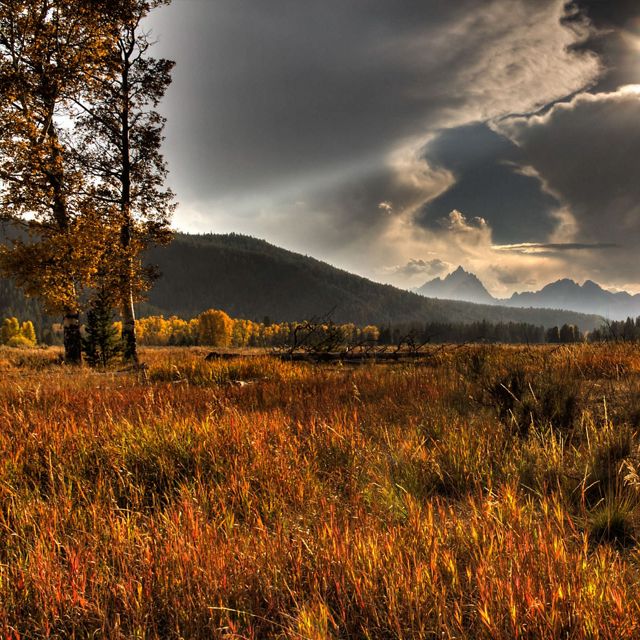
Wild Biomes: America’s Rainforests & Deserts
Two wildly different ecosystems, both dependent on the same precious resource: Water. On this virtual field trip, we’ll travel to Seattle and Arizona.

The Coral Reefs of Palau
Join our expert scientist, marine biologist Stephanie Wear, on a virtual field trip to the coral reefs of Palau where you'll explore amazing underwater cities.
.jpg?crop=669%2C0%2C2662%2C2662&wid=640&hei=640&scl=4.159375)
China’s Great Forests
Join our expert scientist Yue Wang, a conservation planning officer for The Nature Conservancy, on a virtual field trip across the world to two stunning provinces in China.

Powering the Planet: Renewable Energy
Join scientist Alex Wegmann as we embark on a Virtual Field Trip to explore a compelling question: How can we get the energy we need without harming nature?
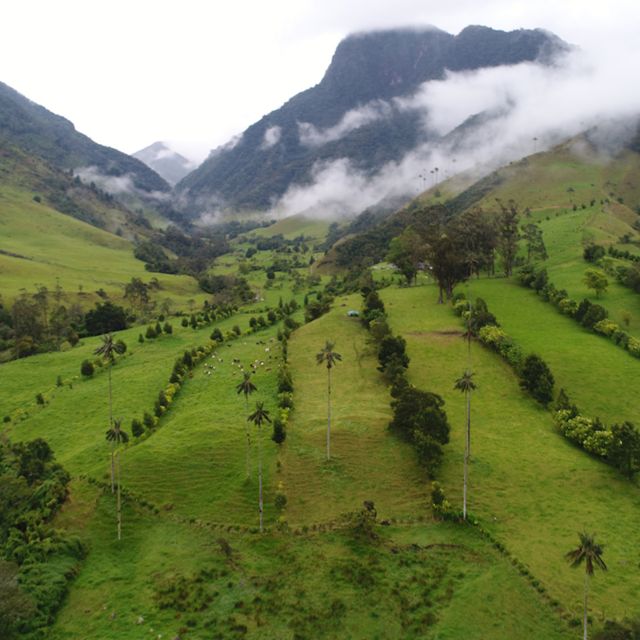
Journey of Water: Colombia’s Páramo
In this virtual field trip, we will explore the magical páramo ecosystem and the stunning mountain landscapes found just beyond the capital city of Bogotá.
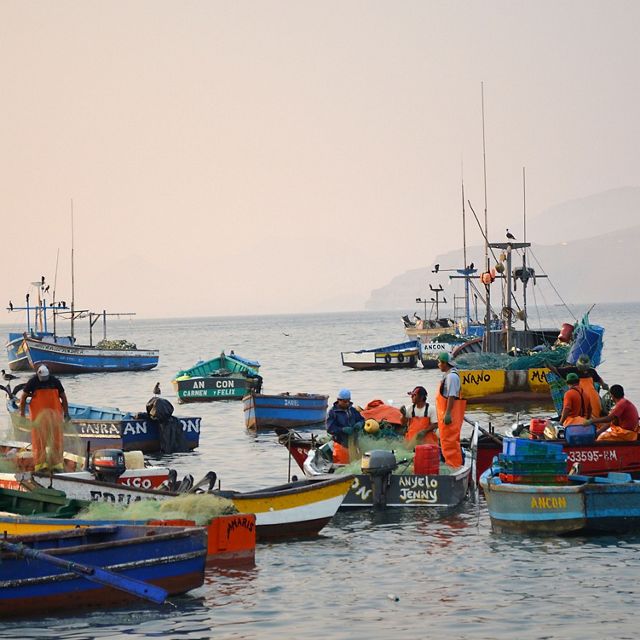
Peru: A Coastal Ecosystem
Join fisheries scientist Matias Caillaux to explore the Humboldt Current Ecosystem off the coast of Peru while learning about the area’s amazing diversity and productivity.
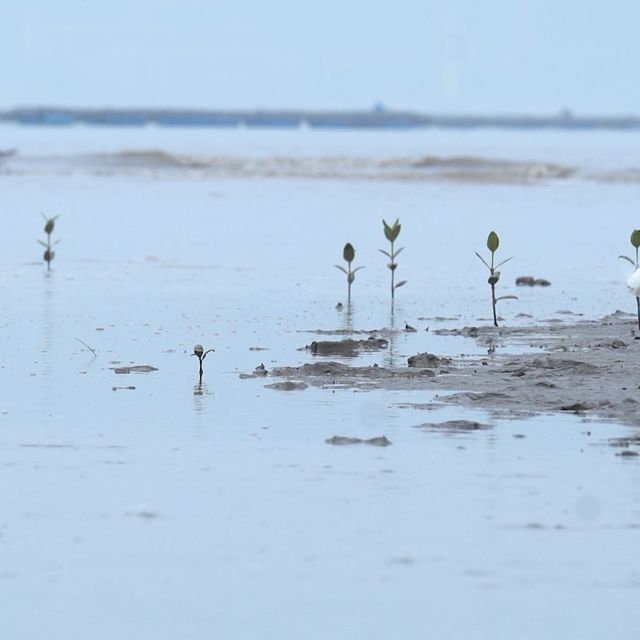
Ridge to Reef: A Virtual Field Trip to Hong Kong
The “Ridge to Reef” (R2R) concept is a holistic approach that takes into consideration all the environments within a watershed — from the top of the mountains down to the ocean — and shows that what happens on land affects what happens in the water.
Stay connected for the latest resources from Nature Lab
Don't miss new Nature Lab teaching guides and videos. Sign up to get the monthly Nature Lab newsletter with free environmental education materials for educators and families.
Explore Our Youth Curriculum
Access resources aligned to The Nature Conservancy’s research and designed specifically for a young audience and classroom use.
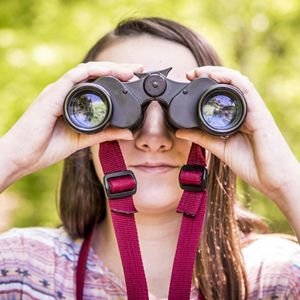
44 Captivating Virtual Field Trips to Explore from The Classroom
Virtual field trips are a great alternative to traditional field trips when obstacles such as budget or scheduling prevent in-person experiences. They also provide access to educational opportunities across the globe and throughout history, without the need for fundraising or permission slips.
You can also consider using a virtual field trip as a reward for good behavior for your students. Whatever the case, there are numerous tours and trips that are simply outstanding and captivating.
How do virtual field trips work?
Virtual field trips are a type of digital experience that enables students to explore different places, events, or experiences without having to physically leave their classrooms. These trips use technology to create an interactive and immersive learning environment.
Typically, in order to take part in a virtual field trip, you will need certain tech on hand:
- A computer and ideally as smart whiteboard in class. It’s best if students have their own tablets or computers. But this can be done with one large projector.
- Stable internet connection.
- Speakers for good audio in class. We love and suggest the Anker Soundcore speaker .
- Optional VR headset. Some tours are compatible with VR and provide an immersive experience.
You can use virtual field trips to boost learning outcomes by connecting them with particular lessons, units, or topics in the curriculum. To reinforce the ideas explored throughout the virtual experience, create follow-up activities or assignments.
The best virtual field trips for students
With that out of the way, here are Teach and GO’s top choices for virtual field trips:
The Vatican Museums Virtual Tour
Explore the extensive collection of art at the Vatican Museums and discover iconic sites like the Sistine Chapel. Discover masterpieces from the Renaissance period and take in the beauty of Raphael’s Rooms. You can also visit St. Peter’s Basilica.
Ellis Island Virtual Tour
Explore Ellis Island and discover the immigration procedure and the experiences of those who went through this important entrance to America. Ellis Island is one of the most important sites in American history. It was the main port of entry for millions of immigrants from 1892 to 1954.
Machu Picchu Virtual Tour
Explore Machu Picchu, the ancient Inca city nestled in the Andes Mountains of Peru, through a virtual hike. Begin with a scenic hike to the Sun Gate, where you will get an unforgettable view of Machu Picchu from the top.
The National Gallery of Art Virtual Tour
You should visit the National Gallery of Art in Washington, D.C. There you can discover a wide range of art pieces, including paintings, sculptures, and other works of art. The museum features both permanent and temporary exhibitions, offering visitors the chance to learn about a variety of artists, cultures, and time periods.
Anne Frank House Virtual Tour
Explore the secret annex where Anne Frank and her family concealed themselves during World War II and gain understanding of their experiences. Take a tour of the museum, then view original artifacts from Anne’s time in hiding. Learn about her journaling and other writings.
The Great Barrier Reef Virtual Tour
Explore the vibrant marine life and ecological importance of the Great Barrier Reef, which is the world’s largest coral reef system. Dive in to find out more of the spectacular array of coral and marine life in this diverse and vibrant ecosystem.
Museum of Modern Art (MoMA) Virtual Tour
Visit the Museum of Modern Art to see their extensive collection of modern and contemporary art, which includes pieces by well-known artists. From there, take a stroll through Central Park to appreciate its lush greenery and peaceful atmosphere.
Acropolis Museum Virtual Tour
You can explore ancient artifacts and sculptures from the Acropolis site by visiting the Acropolis Museum in Athens, Greece. The museum features a variety of exhibits ranging from ancient Greek culture to the modern era.
Smithsonian National Air and Space Museum Virtual Tour
Take a virtual tour of the Smithsonian’s National Air and Space Museum and discover the fascinating world of aviation and space exploration. Explore the incredible history of aviation and space exploration through interactive exhibits, hands-on activities, educational resources, and 3D models.
The Museum of Natural History Virtual Tour
Visit the American Museum of Natural History to see displays featuring dinosaurs, fossils, human evolution, and other subjects. Browse the galleries to learn about cultures and civilizations around the world, from ancient Egypt to modern India.
Palace of Versailles Virtual Tour
Experience a virtual tour of the Palace of Versailles in France, which includes its magnificent gardens and luxurious interiors. Explore the Hall of Mirrors, the Pyramids Room, and other historically significant rooms. Learn about the works of art that are housed in this breathtaking palace.
The National Aquarium Virtual Tour
Experience a virtual tour of the National Aquarium and explore diverse marine life in their natural habitats. Get an up-close look at the many species of fish, sharks, reptiles and amphibians that live under the sea.
National Museum of African American History and Culture Virtual Tour
Visit the Smithsonian museum to discover the exhibits and learn about the history and contributions of African Americans. Explore the National Museum of African American History and Culture, where you can learn about the African American experience through interactive exhibits and displays.
The Colosseum Virtual Tour
Discover the captivating history and impressive architecture of the ancient amphitheater by exploring the Colosseum, an iconic destination in Rome, Italy. Begin your visit with a guided tour inside the Colosseum, where you’ll find information about its construction and bloody past.
Galapagos Islands Virtual Tour
Experience and learn about the distinctive plant and animal life of the Galapagos Islands through interactive virtual activities. From listening to the songs of the endemic Galapagos mockingbird or exploring the archipelago’s unique lava landscapes, you can discover what this beautiful area of the world has to offer.
Galapagos National Park Virtual Tour
Experience the diverse wildlife of the Galápagos Islands by taking a virtual tour through its unique ecosystems. From the mangrove forests of Isabela Island to the dry landscapes of Santiago Island, you can explore each island’s natural habitat.
The National Museum of China Virtual Tour
You should go to the National Museum of China in Beijing to learn about the rich cultural and historical heritage of the country. Explore the various galleries and exhibitions that showcase artifacts from ancient dynasties, and get a glimpse into China’s past.
Hiroshima Peace Memorial Museum Virtual Tour
Explore the historical events that led to the atomic bombing of Hiroshima, as well as its impact on peace and world history. Learn about the complex decisions behind the bombing and its long-term consequences. Discover how this event shaped international relations, nuclear policy, and affected human lives.
Grand Canyon Virtual Tour
Experience a virtual tour of the stunning landscapes of Grand Canyon National Park. Take a journey through the breathtaking views of the canyons, rock formations, and colorful sandstone walls and Explore the fascinating history of this National Park.
The Pyramids of Giza Virtual Tour
Discover the secrets of the pharaohs as you visit the Pyramids of Giza in Egypt, one of the world’s oldest wonders. Explore the tombs of kings and queens, admire the unique architecture, and learn about their fascinating history.
California Academy of Sciences Virtual Tour
Explore interactive exhibits about science, nature, and the environment at the California Academy of Sciences. From the four-story rainforest dome to live animal encounters, you can find something to explore for visitors of all ages.
Getty Museum Virtual Tour
You should visit the Getty Museum in Los Angeles, California to see their famous collection of art and antiquities. The Getty Museum was founded in 1954 and is one of the largest museums of art in the United States.
The Hermitage Museum Virtual Tour
Visit impressive Hermitage Museum in St. Petersburg, Russia, and appreciate its vast collection of artwork. Admire the works of Italian, Dutch, Spanish and French masters, including Rembrandt, Rubens, Van Dyck, Monet and others.
African Safari Virtual Tour
Experience a virtual safari and observe diverse wildlife. From the comfort of your classroom, you can take a trip to Africa and explore its stunning landscapes.
The Louvre Museum Virtual Tour
Visit the famous Louvre Museum in Paris, France to see its vast collection of art and historical artifacts. Explore the world-famous galleries and see some of the most famous works in history, including the Mona Lisa, Venus de Milo, and Michelangelo.
The Great Wall of China Virtual Tour
Experience the breathtaking views and rich history of the iconic Great Wall of China by taking a virtual walk. With so much to take in, your virtual journey will be full of surprises and unforgettable moments.
National Park Virtual Tours
Students can explore the natural wonders and unique ecosystems of national parks such as Yosemite National Park and Yellowstone National Park through virtual tours.
NASA’s Langley Research Center Virtual Tour
Learn about the pioneering aeronautical and aerospace research conducted at NASA’s Langley Research Center. Explore the history of Langley’s groundbreaking achievements in aviation and space exploration, from its earliest days as the first civilian aeronautics research center.
The British Museum Virtual Tour
Explore the extensive assortment of art and artifacts from various civilizations and historical epochs by visiting the British Museum in London, UK.
San Diego Zoo Virtual Field Trips
The San Diego Zoo offers virtual field trips that allow students to watch live animal cams, discover various species, and participate in interactive activities.
The Metropolitan Museum of Art Virtual Tour
Explore the extensive collection of artworks spanning various cultures and centuries at the Metropolitan Museum of Art in New York City, USA through its virtual tour.
The International Space Station Virtual Tour
Explore the International Space Station (ISS) through a virtual tour and discover more about the experiments and daily life of astronauts in space. Learn about the unique opportunities and challenges of living in a microgravity environment through videos, interactive media, and more.
Google Arts & Culture – Perfect for students
Google Arts & Culture allows you to explore virtual tours and exhibits of a variety of museums, historical landmarks, and cultural sites from all around the world. With interactive experiences, videos, and photos, you can explore different cultures and learn more about their history.
In addition to virtual tours and exhibitions, Google Arts & Culture also provides educational materials such as articles, informative videos, and activities for kids to help them engage with the material.
Best virtual tours for students – Conclusion
Virtual tours can provide a great way for students to get an authentic view of what their day-to-day lives may look like in different places around the world. Whether it be a casual look at campus life or something more structured and technical such as science labs, virtual tours have the power to bring the sights and sounds of faraway locations right into your living room.
From national parks to foreign universities to cultural attractions, there’s truly something for everyone. With these amazing websites, you’ll always have access to exciting new adventures from around the globe.
Editorial Staff
Keep reading.

23+ Essential Teacher Supplies You’ll Be Glad You Had
From writing utensils to classroom organizers, create an engaging learning environment with essential teacher supplies and materials.

The 7 Best Teacher Desks Overall
We cover various desks for teachers. From the classroom, to the teachers office. We breakdown the best options at different price points.

9 Classroom Light Filter Covers That Transform Lighting
Improve focus and concentration with these helpful classroom light filters that will provide a calm and peaceful learning environment.

10 exciting in-person and virtual STEM field trips
Engaging stem field trips help students link classroom learning to real-world possibilities.
STEM field trips are no longer limited to traditional science centers–today’s STEM trips are interactive, engaging, and bring classroom concepts to life for students.
Every student loves a field trip, and with a little planning, it can be mostly fun and low-stress for teachers and chaperones.
One of the best things about a STEM field trip is that it gives students a chance to apply their classroom learning to a real-life situation. This kind of engagement helps students see how professionals use STEM each day, and it also prompts them to consider STEM for their own future.
While in-person field trips are exciting, they’re not always feasible for schools with funding or geographic challenges. In those cases, virtual STEM field trips might be the best option.
We’ve put together a list of in-person and virtual STEM field trips to get you thinking about where your next trip might take your students.
1. Sports games offer a fun and engaging way to challenge students to use STEM concepts they’ve learned in class. Many minor-league baseball teams offer STEM days for students at all grade levels, featuring simple concepts and demonstrations for younger students and more complicated challenges for older students. Check out the nonprofit Science of Sport to get started.
2. If you’re near an iFLY indoor skydiving center , a field trip is a great way to illustrate STEM learning. iFLY’s STEM program uses a vertical wind tunnel to inspire and educate students through an interactive presentation, demos in the wind tunnel, and grade-appropriate lab activities.
3. Roller rinks double as a great throwback to your younger days and as a fun STEM activity, covering topics such as friction, physics, design, and engineering. Here’s an intro from the Roller Skating Association International , and don’t forget to check out your area’s local roller skating rinks.
4. If you want to learn or brush up on some basics, check out this Microsoft Education crash course on using Skype for virtual field trips.
5. EarthEcho features a wide variety of virtual STEM field trips, including topics on water and sustainable futures, how one female biologist forged her career path, and engineering and its contributions to everyday life.
6. Exploring by the Seat of Your Pants hosts 20+ Google Hangout events for classrooms each month. Full day, week-long, and month-long events focus on oceans, biodiversity, women in science, space exploration, and more.
7. Discovery Education’s STEM field trips let students examine the annual polar bear migration on the tundra, investigate real-life STEM professionals and what a day on the job entails, take a peek at a space center, and more.
8. These three science and nature virtual field trips take students across the globe as they tackle climate change, ecotourism, combating desertification, and different ecosystems.
9. With a Navy STEM virtual field trip, students will hear personal stories from service members and learn about how STEM takes these professionals from an F-18 to the flight deck control on an aircraft carrier.
10. Local science centers and science exploration zones shouldn’t be overlooked–many of them have updated their field trip curriculum to be more modern, relevant, and engaging for students.
Sign up for our K-12 newsletter
- Recent Posts
- Friday 5: Digital equity in schools - May 24, 2024
- 5 key recommendations for AI in education - May 23, 2024
- Personalized Learning: eSN Innovation Roundtable - May 22, 2024
Want to share a great resource? Let us know at [email protected] .
Username or Email Address
Remember Me
eSchool News uses cookies to improve your experience. Visit our Privacy Policy for more information.

The Ultimate Field Trip List for Teachers
- By Mandy Neal
- Holiday/Seasonal , Organization , Uncategorized
Field trips are the highlight of our students’ school year and offer them a change of scenery. But behind the scenes, we are the conductors juggling various factors to ensure a smooth and successful field trip. Preparing for the field trip, executing it, and culminating the experience takes a lot of organization! After years of experience, I’ve compiled a list of tips to help you plan a successful field trip.
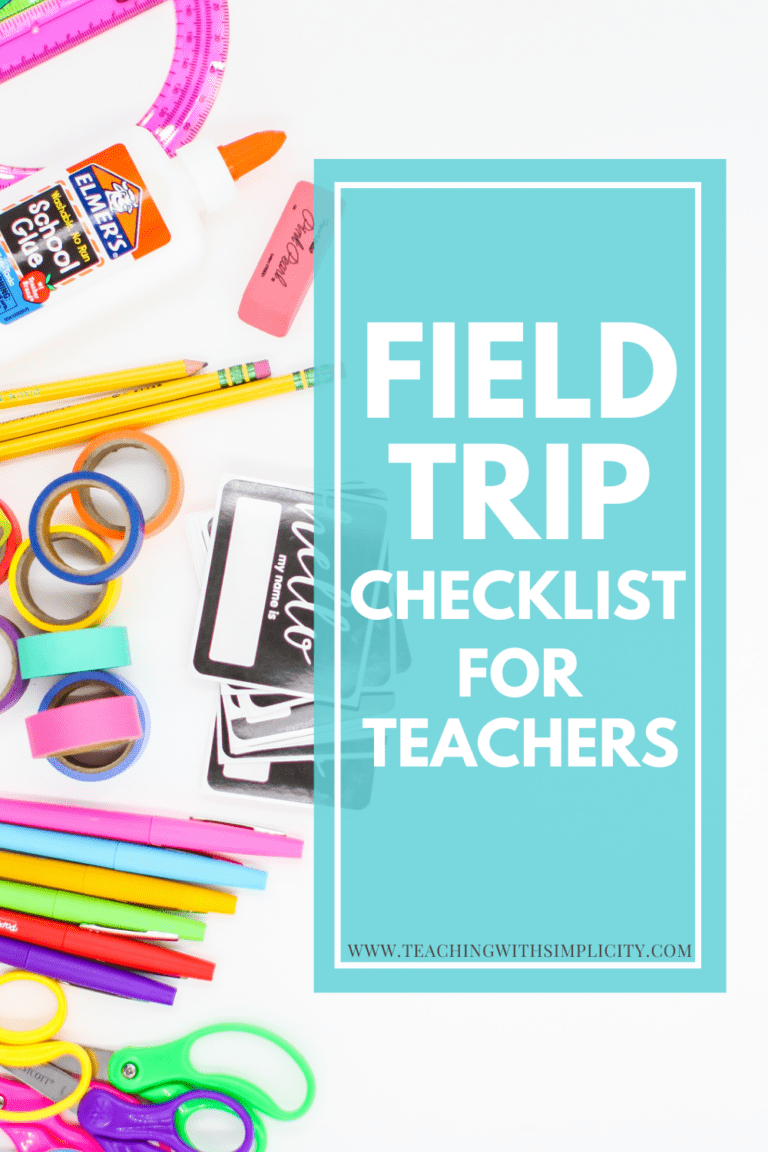
Pre-Trip Preparation
1. research your destination.
Understanding the goals of your trip and how you can incorporate an educational component is essential. This includes researching the venue’s educational value and potential safety concerns. Contact the site to confirm availability and any rules or requirements for visitors.
2. Permission Slips
Compile and distribute permission slips with clear instructions. Ensure all necessary contact and medical information is included and that parents fully understand the nature of the trip.
3. Keeping Track of Permission Slips and Money
After permission slips are sent home, they will begin to trickle back in.
Use a student checklist to track who has returned their permission slip and money. Keep the money and permission slips in a safe place.
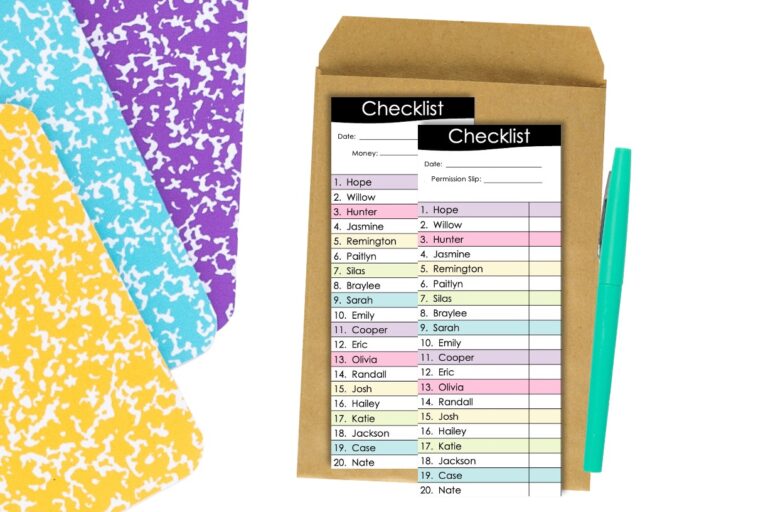
4. Transportation Arrangements
Book transportation well in advance with your school district. Determine how many buses are needed to transport all the students and teachers. Take into consideration how many students you will have per seat.
Will students bring their lunch, have a school lunch, or eat at a destination?
Once lunch has been determined, if students bring their own lunch, you will need to devise a plan to transport the lunches. Taking a cooler to keep food and drinks cold may be required.
6. Emergency Protocols
Develop a comprehensive plan for potential emergencies, including a schedule for check-ins and contacts. If you have parents attending who are serving as chaperones, share the plan with them and ensure everyone carries a list of important contacts.
Packing and Preparing for Success
7. teacher essentials.
A bag or backpack to carry all your stuff, a whistle, and contact numbers for the school secretary and principal nurse.
8. First Aid Kit
Carry a well-stocked first aid kit. Be prepared to handle common field trip injuries and ensure someone on the team is trained in basic first aid.
9. Medication Documentation
Bring a list of students with medical needs, along with their medications and instructions. You may need to administer medication during the trip, so have a clear protocol in place.
10. Dietary Requirements
Collect information on any student dietary restrictions and plan meals accordingly. Bring non-perishable snacks in case of delays.
11. Clothing Considerations
Remind students to dress appropriately for the weather and terrain of the destination.
12. Communication Devices
Carry fully charged cell phones or walkie-talkies for easy communication. If you are going to an area with poor reception, consider using other forms of communication, such as whistles.
13. Roll Call Sheet
Prepare a roll call sheet with the names of all students. Do a roll call before leaving the school and leaving the field trip destination to ensure everyone is accounted for.
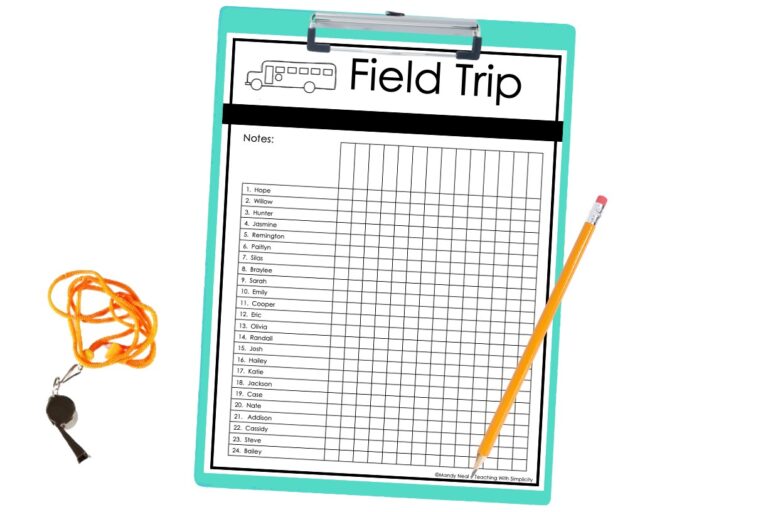
14. Field Trip Itinerary
Have a detailed itinerary outlining the trip’s timing—from departure to return. Share this with students, parents, and administration, and review it before and during the trip to maintain schedule adherence.
On the Day of the Trip
15. grouping plans.
Decide on the group sizes and designate leaders for each. Ensure each group has a chaperone and has received the necessary materials and guidance.
16. Student Expectations
Review behavioral expectations with the students, emphasizing the importance of respecting the venue, abiding by the safety rules, and listening to the instructions of their teachers and chaperones.
17. Bus Ride
On the bus ride to and from your destination, monitor your students’ behavior and voice levels so that the bus driver can safely transport them.
18. Sign-out sheet
If your school allows students to leave the field trip destination with parents, have a sign-out sheet prepared for parents to sign their students out.
19. Thank-You Notes
Show appreciation to the chaperones and any staff or guides at the field trip site. This strengthens the school’s relationship with community partners and sets an example for students to express gratitude.
Optional Items to Consider
- Name tags/lanyards for students
- Matching school shirts
- Remind students they can bring spending money.
- For you, get a good night’s sleep the night before!!
Conducting a successful field trip takes time, effort, and a lot of planning. With this checklist, you’re well-equipped to lead your students on an adventure that will impact their learning and memories.
SHOP THIS POST
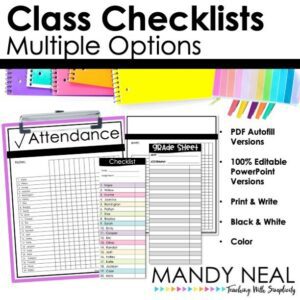
Editable Student Checklists

You may also enjoy these posts:
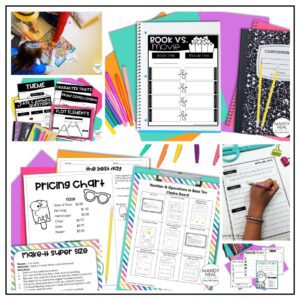

10 Engaging & Authentic Activities to Do After State Testing
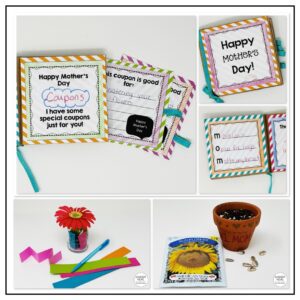
Crafting Memories for Mom: Fun and Unique Mother’s Day Gift Ideas for Upper Elementary Students
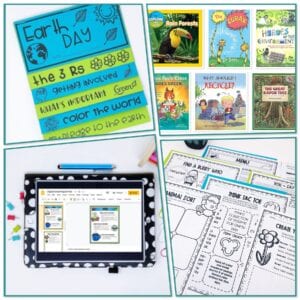
Earth Day Activities and Read Alouds
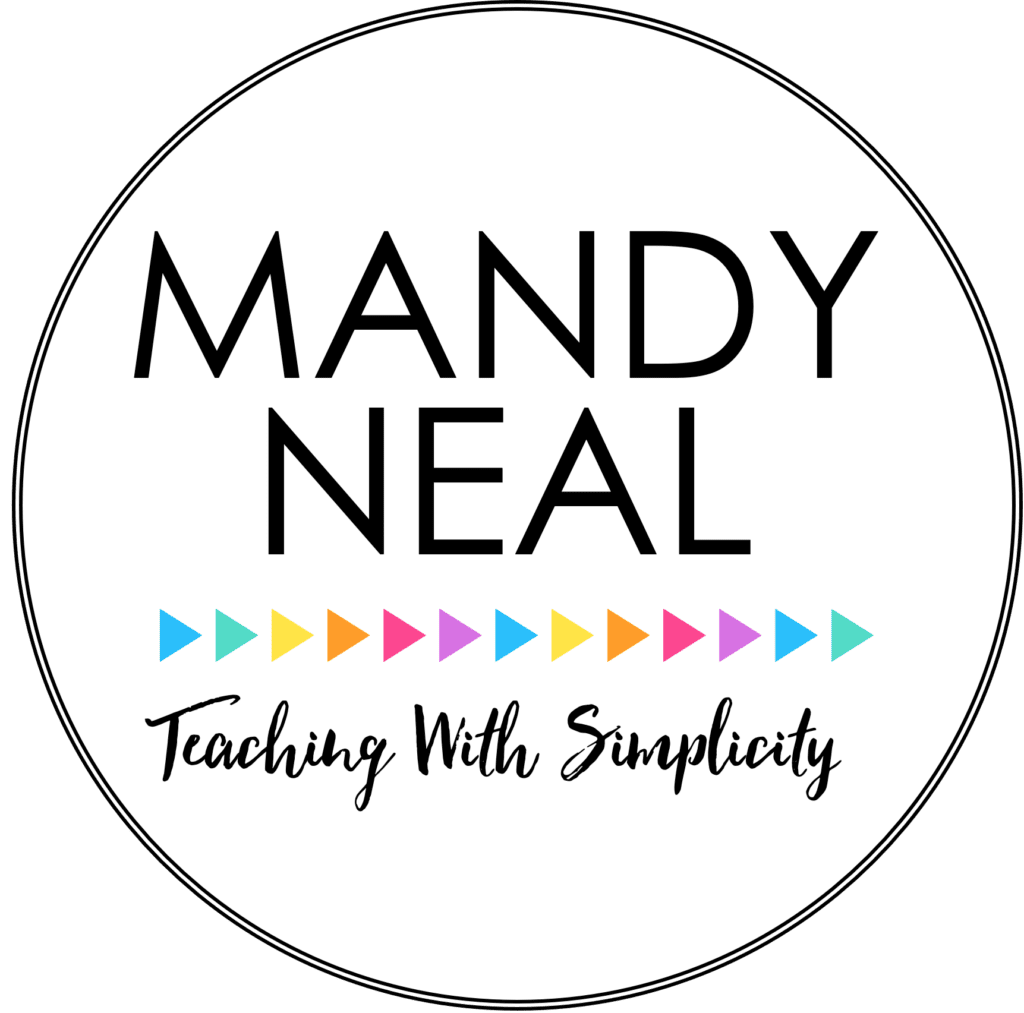
- COPYRIGHT © 2023 MBNeal, LLC
- ALL RIGHTS RESERVED
- PRIVACY POLICY
Sign up for Access to Exclusive Freebies
Sign up for over 25 exclusive freebies from Mandy Neal at Teaching With Simplicity!
- Skip to global NPS navigation
- Skip to the main content
- Skip to the footer section

Exiting nps.gov
Ten tips for a successful field trip.
Planning a field trip to a national park near you? Here a 10 quick tips to help you and your students get the most out of your trip:
- Plan everything well in advance. Call to schedule the field trip or request an educational fee waiver, get a confirmation, and make necessary arrangements for school and parental permission and transportation. Plan the educational experiences and activities for the field trip. Know how to get to the field trip site, how long it will take, and where you will have lunch. Bring along any supplies and materials needed for activities that you have planned. Share this with all the teachers and chaperones involved.
- Use pre-visit activities to help prepare the students for the field trip. Make field trip planning a part of in-class learning.
- Develop clear learning objectives and share them! Make sure that the students and other teachers know these objectives.
- Chaperoning is not a spectator sport. Chaperones can be a big help if they understand their role.
- Give everyone nametags. Make sure that even the teachers and chaperones are wearing readable nametags. It also helps to divide large groups into smaller sub-groups before the trip and color code their name tags.
- Keep the students engaged. Encourage the students to participate in the activities but remember you are responsible for their behavior.
- Keep students accountable for learning. A field trip is not a day off from school! Did you accomplish the planned learning objectives?
- Encourage independent observation time. Constructive free time can help make the trip more memorable.
- Bring the experience back home. Use post-visit activities back in the classroom to make the field trip relevant and reinforce concepts.
- Use evaluations and sharing. Improvements can only be made through honest feedback and evaluation.
You Might Also Like
- shenandoah national park
- field trip preparation
- field trips
Shenandoah National Park
Last updated: August 30, 2023
- I Tried Both: Apple Watch 9 vs Fitbit Charge 6
- Best Places to Print Photos Online
The 19 Best Free Virtual Field Trips of 2024
Stuck at home? Travel virtually all over the world instead (but seriously, check out the Son Doong Cave)
:max_bytes(150000):strip_icc():format(webp)/Lifewire_SallySlack-885a3fec622c4d7babb6560f39830584.jpg)
- California Polytechnic State University at San Luis Obispo
- The Ultimate Guide to Shopping Online
- The Ultimate Guide to Online Learning at Home
- Two-Factor Authentication
- The Ultimate Guide to Skype
When you can't get away, your kids still can by taking a virtual field trip to a museum, farm, zoo, or another fun location. We compiled our list of favorites to help you keep your kids engaged and entertained. Some of these are virtual tours (you can actively decide where to go on the tour) and others are video walkthroughs (just watch and learn), but all give you a great experience of the location.
Best Art-Centric Virtual Tour: The Met
A glimpse at some of the greatest works of art created.
Online exhibits on various topics.
There's only one view of the museum currently available.
The Metropolitan Museum of Art is home to over 5,000 years of art from around the world. You can see some of it from the comfort of your home. Take a virtual stroll through part of the museum using Google Street View. There are also numerous online exhibits on topics like Coco Chanel, Vermeer, Catholic allegory in art, and more.
Best Tour of Space: NASA
The volume of space videos.
The approachable aspect of the videos.
So much more to see on the site.
It's not easily searchable unless you know what you're looking for.
This might be cheating a bit because it's really a collection of videos, but, oh boy, what a collection to tour! The Galleries open up an array of videos covering space topics from testing a parachute for Mars to moving water in space. Each video is a mini virtual tour that will awe kids and encourage interest in science and space.
Best Tour of the White House: Google Arts & Culture's The White House
Stunning 360-degree images.
See inside and outside the White House.
Offers views of 140 paintings.
Once inside a tour, it's hard to know what you're looking at.
No search functions.
Every President since John Adams has occupied the White House and now your children can visit it, too. Google Arts & Culture offers four museum views (three tours of The White House and one of the Eisenhower Executive Office Building) plus a look at more than 140 paintings that grace (or have graced) the walls of the country's most famous abode. The 360-degree images let kids explore to their heart's desire.
Best Cave Virtual Tour: Son Doong Cave
Son Doong is beautiful.
The virtual tour includes lots of information.
Zoom into areas for a more detailed look.
No supplemental online activities.
Son Doong is the world's largest natural cave. Located in Vietnam, it features a subterranean river and the largest cross-section of any cave worldwide. National Geographic's virtual tour lets you explore the cave with full 360-degree views and immersive sounds. You can even zoom in one area to check out the campers in their tents. Son Doong is beautiful and worth a virtual visit.
Best National Park Virtual Tour: Yellowstone
Offers multiple tours.
Lots of historical information.
Amazing images.
No video tours.
Lots of written information that can turn off some kids.
Yellowstone offers seven virtual tours appropriate for older elementary and middle school ages. There's a lot of written information along with the images, and the tours aren't in video. However, the information is fascinating, and the photos are stunning.
From learning about old Fort Yellowstone to discovering park anomalies like Mud Volcano, these tours are a great way for kids to discover unique facts about America.
Best Natural History Tour: Smithsonian National Museum of Natural History
So many exhibits to see!
Easy, clickable maps.
Quick and easy to navigate.
It's not always easy to read the signs in the exhibits.
This iconic museum is dedicated to understanding the natural world and humanity's place in it. There's so much to see it can't possibly be listed here. However, the museum offers an online tour of most of its exhibits. Split this tour up into multiple lessons, so kids don't get overwhelmed.
Skip the ground floor and go straight to the first or second floors.
Best Aquarium Virtual Tour: National Aquarium
Easy to find exhibits.
Fun to explore using the 360-degree options.
Some scenes spin quickly, which can frustrate young learners.
Baltimore's National Aquarium features more than 20,000 aquatic animals. Kids can click and drag images to navigate their way around and use arrows, the map, or a scene list to explore various exhibits. Explore eight areas, such as the Amazon River, a tropical rain forest, and jellyfish.
Best Tours of the World: AirPano
Bright, well-produced videos and images.
Offers tours of numerous countries.
Includes video and still frame-images.
What's not to like?
AirPano has a variety of tours in China, Portugal, Switzerland, and more countries. Children can visit the Zhangjiajie Glass Bridge in China, an underwater cave in Indonesia, ski resorts in France, and more destinations around the globe.
What makes this site so good is that it offers narrations of several tours, provides closeups through interactive actions, and includes short chunks of written information that's easy for kids of most ages to read. The tours are also fairly short, which makes these tours great for younger kids, but older kids will still enjoy the trip.
Best Virtual Tour for Car Lovers: Lane Motor Museum
Totally unique tour.
An inside look that allows for deep diving into collections.
There's no way to tell what a specific vehicle is unless you know cars.
Scroll to the bottom of the link to watch a fun virtual tour of one of the most unique car museums in the world. Lane Motor Museum is home to an oddball collection of vehicles dating from the 1920s up to modern times.
Your child will love seeing amphibious vehicles, microcars, prototypes, and more. The tour is easy to click through and offers six angles to entertain viewers.
Best Tours of Nature: Nature Works Everywhere
Tours are narrated and easy to follow.
Provides student handouts, vocabulary, and discussion questions.
We wish there was a larger library of tours!
Explore nature around the world with Nature Works Everywhere's virtual tours. Visit the coral reefs of Palau, the deserts and grasslands of Africa, a rainforest (from a canoe's viewpoint), a renewable energy plant, and more.
The tours are narrated and give great, quick facts to help kids learn in simple, straightforward ways. All tours are appropriate for grades 3 through 12 but are marked with notes about the grades most likely to enjoy the tour.
Best Historical Tour: Ellis Island
A clear explanation of Ellis Island, how it worked, and why it was needed.
Includes children asking questions of tour guides.
The images in much of the tour are small in order to focus on the tour guides.
Ellis Island is a key piece of American history. This virtual tour offers lots of anecdotes and features actual guides from Ellis Island telling stories. Plus, it includes lots of pictures and views of the island.
It's more appropriate for fourth grade and up, mainly due to the litany of facts and complexity of the information provided.
Best Slime-Based Virtual Tour: Slime in Space
Nickelodeon
It's playful and educational.
Good production values.
Fun experiments.
It's a video, not an interactive virtual tour.
What happens to Nickelodeon's iconic slime when it's in space? That's the concept behind the Slime in Space virtual field trip. Featuring real astronauts and Nickelodeon celebrities, the 15-minute video shows kids how slime and water react in a microgravity environment 250 miles above the Earth. Along the way, it answers burning questions like, "Is slime a solid or a liquid?" and "Can you slime a person in space?" (The answer is: yes, very slowly.)
Best Virtual Zoo Tour: San Diego Zoo
Live cams of the animals.
A variety of educational videos.
Fun games and activities.
Fixed camera angles mean you're not always guaranteed to see the animals.
The San Diego Zoo is home to more than 3,500 animals of more than 650 species and subspecies. It's widely considered one of the best zoos in the world. But, if you can't make it to California, it has a robust virtual experience online.
You can peek in on the animals through live cams. There's also a variety of videos that teach kids about vultures or show them how to draw a tiger, for example. There are also zoo-related games and activities kids can do at home.
Best General Farm Tour: FarmFood 360
360-degree views of the farm.
Offers a free app for Android and iOS.
It can be hard to see things on a mobile device.
FarmFood 360 gives an inside look at the activities of a Canadian farm. Kids see 360-degree views of the farm as they learn about milk and cheese production, sheep farming, egg processing, and more.
There's an app available for Android and iOS devices, and it's compatible with some virtual reality headsets.
Best Virtual Planetarium: Stellarium
Realistic night sky simulation.
Mobile apps are available.
Includes a telescope control module for experienced astronomers.
Can be difficult to navigate.
The mobile apps aren't free, but the money supports the project.
Stellarium Web is an online planetarium created by two brothers. Offering an accurate and realistic view of the night sky, it lets you pan around and spot stars, satellites, and other celestial bodies.
It offers mobile apps for Android and iOS that aren't free. The money goes toward paying server and development costs for the two-person project.
Best Living-History Virtual Tour: Colonial Williamsburg
Next best thing to being there.
The virtual scavenger hunt.
The virtual tours are highly interactive.
Virtual tour models can load slowly.
Condensation or inclement weather can obstruct the webcam views.
Colonial Williamsburg is a living-history museum in Virginia that offers a glimpse at what life was like in the 18th century. Its virtual tour is highly interactive and includes videos, informational signs, and 3D models you can rotate.
With its various webcams, you can see the armory, courthouse, merchants square, and more. Colonial Williamsburg's website also offers a virtual scavenger hunt your kids can participate in as they tour the area.
Best European Museum Virtual Tour: The Louvre
It's the Louvre.
The website offers a list of online family-friendly activities.
The virtual tours include a map and an information button.
The website offers limited language options.
Sure, we'd love to jet off to France and tour its fabulous museums personally. But if that's not an option, the Louvre has several virtual tours available on its website. The offerings include exhibitions on the body in movement, founding myths, Egyptian antiquities, and more.
The Louvre also has a handy list of family-friendly online resources everyone can enjoy, including a Mona Lisa VR experience.
Best Factory Virtual Tour: M&M Factory Tour
Zoonar RF / Getty Images
Who doesn't love chocolate?
360-degree views of the factory.
It's short.
The Food Network teamed up with candy maker Mars to give M&M fans a virtual tour of one of its factories. During the short YouTube video, viewers can pan around as a tour guide explains how unrefined chocolate is turned into the little candies we know and love.
Best General Virtual Tour Resource: Discovery Education
An eclectic variety of virtual field trips.
Watch live or on demand.
Trips come with a companion guide packed with activities.
A schedule of when field trips go live would be nice.
Discovery Education offers a variety of virtual field trips for kids learning from home. The offerings change often but currently include an NFL experience, a doodling experience meant to encourage creativity, and a virtual field trip through the internet of things. You can watch the field trips live or catch the videos later on-demand.
Get the Latest Tech News Delivered Every Day
- The 8 Best Free Roku Channels of 2024
- 7 Great Virtual Reality Travel Experiences
- The 20 Best Free Learning Websites for Kids in 2024
- The Best VR Apps for the iPhone in 2024
- 19 Best Free Cloud Storage Services for Backup in 2024
- The 10 Best Apartment Websites of 2024
- The 8 Best Camera Apps for iPhone and Android in 2024
- The 10 Best Free Online Classes for Adults in 2024
- The 6 Best Kid Coloring Apps of 2024
- 11 Best Free Movie Download Sites for 2024
- The 8 Best Free VR Games of 2024
- The 22 Best Chrome Extensions for Chromebooks in 2024
- The 16 Best Roku Channels of 2024
- The 5 Best Housing Apps of 2024
- 9 Best Free Online Earth Day Games
- 13 Best Sites for Free Documentaries

- NEW! – Broadway
- Latest Guide
- Previous Editions
- NorthEast Field Trip Guide
- Southeast Field Trip Guide
- Band & Choir Trips
- Where to Go
- Site InSpections
- Field Trip Ideas
- Virtual Field Trips
- Planning Advice
- Los Angeles
- New York City
- Philadelphia
- Rome, Italy
- San Francisco
- San José, Costa Rica
- Washington D.C.
Select Page
How to Plan an Educational Field Trip for Students
Features , Planning Advice
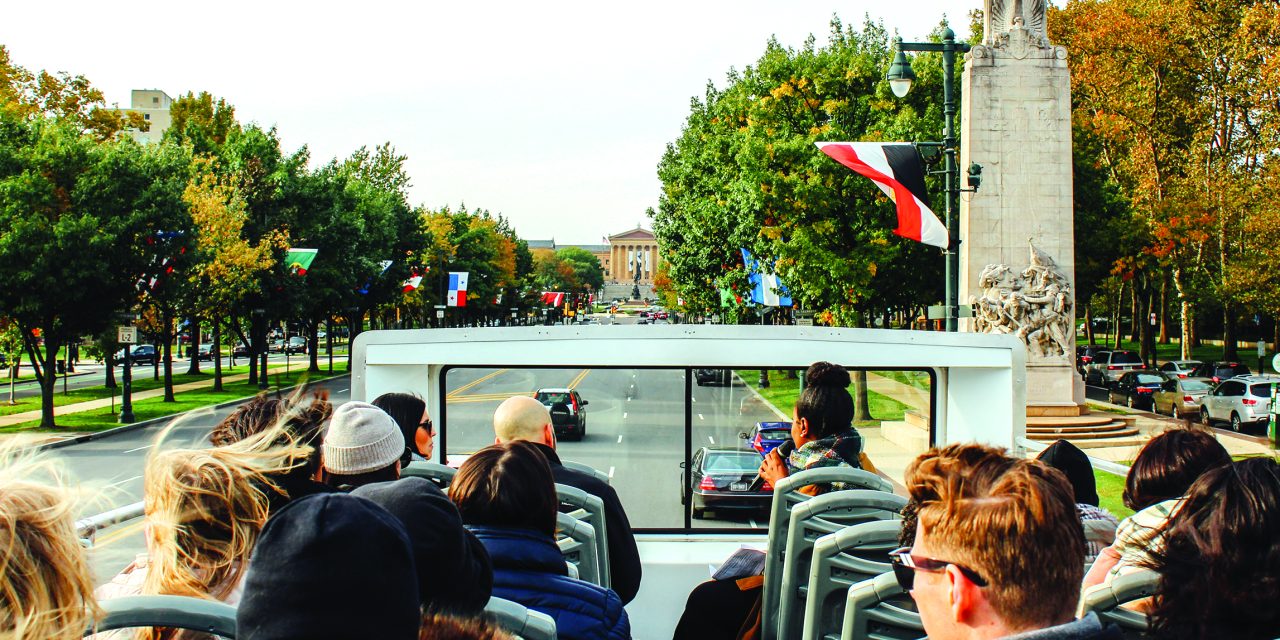
We help you craft a fun and engaging educational student itinerary packed with exciting learning in real-time settings outside the classroom
As an educator or trip organizer, educational field trip planning can be a rewarding experience if you have a clear roadmap and tips for creating an engaging itinerary. It’s crucial to design field trip itineraries that not only offer fun activities but also provide intellectual stimulation and opportunities for experiential learning. This approach fosters a deeper understanding and retention of knowledge among students.
Discover more amazing resources for student travel planners and educators when you Subscribe for FREE to Student Travel Planning Guide today.
By strategically planning your field trips, you can create a balance between educational value and exciting adventures. This approach ensures that students not only enjoy the trip but also gain maximum educational value, turning field trips into immersive and memorable learning experiences.
Here is a guide on how to craft student itineraries for field trips that are not only entertaining but truly enriching, intellectually stimulating and unforgettable.
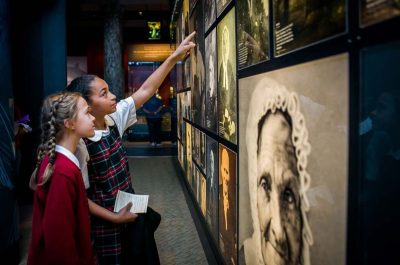
Connect Student Field Trip Activities to the Curriculum
One of the most impactful strategies to boost the educational value of a school field trip is to integrate the itinerary with your classroom curriculum. By planning your field trip in conjunction with your curriculum, you ensure that the trips content directly complements what students are studying, making their learning experience more comprehensive and meaningful.
Planning your curriculum and educational field trips together allows you to seek out destinations, landmarks, museums, parks, and experiences that directly relate to and expand upon what students are learning in the classroom. Not only are you saving yourself time by planning both together, but your curriculum can also provide a crystal-clear map for topical and sensical field trip planning.
For example, a history class studying the American Revolution will get far more educational value out of a trip to Boston steeped in significant historical sites versus a more generic itinerary that visits a history museum, which provides little experiential components.
Example itinerary for student groups:
Day 1: Start at the Boston Massacre site for an immersive historical reenactment. Then, visit the Old South Meeting House, the staging ground for protests like the Boston Tea Party. End the day at the Boston Tea Party Ships & Museum, where you can participate in interactive multimedia experiences.
Day 2: Walk the famous Freedom Trail, passing sites like the Paul Revere House, Old North Church and Bunker Hill Monument. Tour Harvard University’s historic colonial-era buildings. Have lunch in America’s oldest public park, Boston Common.
Day 3: Travel to Lexington & Concord’s Minute Man National Historical Park, witnessing the hallowed grounds where the first Revolutionary War battles occurred. Tour the Hancock-Clarke House where Hancock and Adams took refuge. Conclude at Emerson’s house and Old Manse, two historic Concord sites intertwined with the Revolutionary era.
By carefully curating a field trip itinerary that directly aligns with their curriculum, students can experience history in a tangible way. This reinforces their classroom learning and creates lasting memories that will solidify their understanding of this pivotal era in American history.
Integrate Reflective Learning for Students
Students absorb and retain more information through experiences, and reflection is a key component of experiential learning. Consider building time into the itinerary for students to reflect on what they’re seeing, doing, and learning while on the trip, while the information and experiences are still fresh.
This could take the form of journaling prompts, small group discussions, or a creative activity like drawing or photography accompanied by student impressions. Encouraging students to actively process their experiences in real-time with an activity will help them solidify what they’ve learned and integrate it into their classwork later.
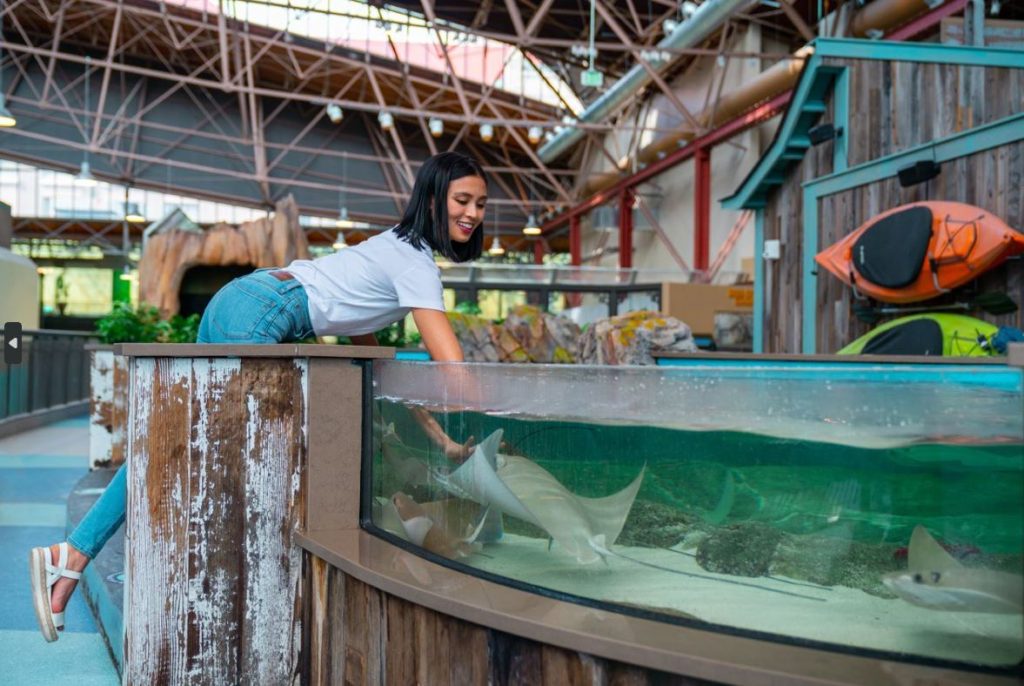
Include Cultural Immersion on an Educational Field Trip
Travel offers students incredible opportunities to experience different cultures firsthand. Whenever possible, consider including authentic cultural activities or interactions with the local community on your itinerary.
This could be a hosted meal at a local family restaurant, a neighborhood walking tour led by residents, or a school visit to meet and engage with local students. Cultural immersion fosters greater global understanding and social skills in all facets of a student’s life.
Perhaps there are cultural landmarks or museums showcasing artifacts related to the area and its people past and present. Many places of cultural significance have regional museums that provide guided tours and lectures for classes, providing an enriching experience for students while supplementing their classroom education.
Plan Hands-On Workshops for Students
Lectures and tours certainly have their place on class field trips, but students learn best by doing and engaging their left and right brains at the same time. Look for interactive workshops and classes relevant to the trip’s educational themes.
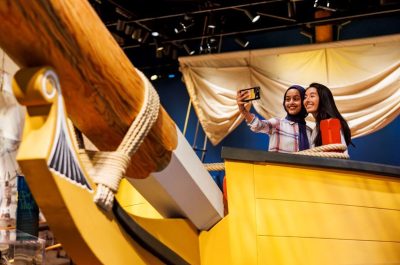
- For a marine biology-focused itinerary, check if the local aquarium offers a dissection lab for high school groups.
- Culinary arts students will gain much from a hands-on cooking class in regional cuisine for grades 8-12.
- At Plimoth Patuxet Museums in Massachusetts, students can partake in Wampanoag Workshops, learning traditional skills like hide tanning, pottery, and gardening directly from Native educators. They offer workshops for pre-k to college students .
- The National World War II Museum in New Orleans features many STEM workshops and student programs for multiple grades. They also provide Field Trip Plus for an immersive 45-minute, museum educator-led interaction for student groups grades 3-12.
- At the Museum of Science in Boston, students can participate in hands-on engineering workshops where they design, build, and test prototypes like wind turbines, ensuring an immersive STEM learning experience.
- George Washington’s Mount Vernon estate offers an interactive Colonial Classroom program, allowing students to step into the roles of students from the 18th century, practicing penmanship with quill pens and exploring early American curriculum.
The more hands-on the experience, the more impactful and memorable the learning is for your students. These are just some examples of the myriad workshops available for student groups on field trips.
Tap Local Experts for Student Groups
Enlisting local experts as speakers, guides or facilitators can elevate an itinerary’s educational quality. Reach out to university scholars, scientists, artisans, and community leaders at your destination who can share their niche expertise with students. A great place to start is your destination’s local visitors bureau.
Some examples might include:
- A geologist’s guided hike that will illuminate more than just the typical sights.
- An oceanographer could do a hands-on workshop at the lab or on the beach where children can interact with wildlife and ask questions.
- An archaeologist may organize a mock dig site and bring artifacts for students to examine while teaching excavation and preservation techniques.
- A meteorologist might conduct an interactive workshop on weather and atmospheric science.
Leave Room for Student-Led Discovery
While it’s good to have a thorough student itinerary, be sure to also give children some freedom to follow their own curiosity. Unscheduled time to explore a museum, gallery or neighborhood lets students delve into what interests them most.
Having a choice in their own learning path boosts engagement and takeaways. If a child or group of children show a keen interest in sharks while at the aquarium, have a parent or teacher stay with them for some extra time at the shark exhibit to ask questions and interact with the sharks along with the staff.
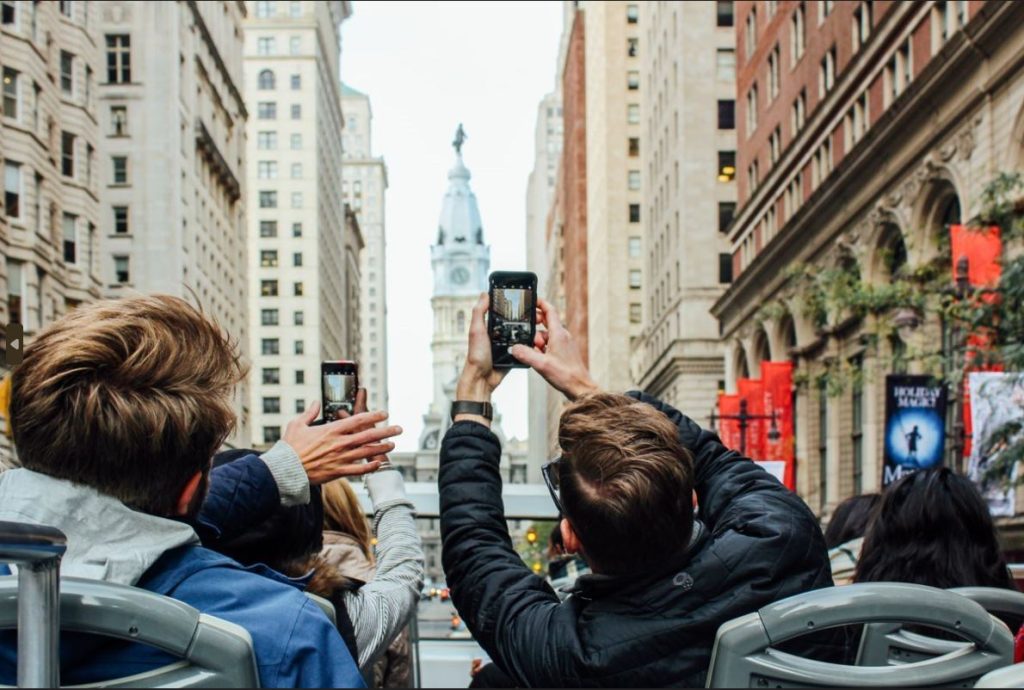
Choose Suppliers with an Educational Ethos
The vendors and suppliers you select can greatly influence a student itinerary’s educational value. Seek out accommodations, restaurants, tour providers and activity partners that share your learning objectives. Many vendors and suppliers offer educational programs or content designed specifically for student groups. Ask about customized classes or tours aligned with your curriculum.
With a learning-centric approach to student itinerary design, class trips become more than just a fun getaway—they’re a meaningful extension of the classroom. Educational travel helps students develop critical thinking, cultural sensitivity, a broadened worldview and curiosity that will serve them well at school and beyond for years to come.
Did you enjoy this content? For more tips on crafting impactful student itineraries, Subscribe for FREE to our Student Travel Planning Guide today.
By Ashley Dale, Contributing Writer and Homeschooler
Header photo: Big Bus Tour courtesy of PHLCVB/K. Huff

RECENT STUDENT TRAVEL PLANNING GUIDE ARTICLES

- Cash Rewards Credit Card
- Personal Loan
- Home Mortgage
- Student Loan
- Self-Guided Planning
- Planning with a Financial Professional
- 403(b) Plans
- Traditional & Roth IRAs
- Group Term Life Insurance
- Accidental Death and Dismemberment Insurance
- Guaranteed Issue Life Insurance
- Accident and Injury Insurance
- Disability Income Protection
- Dental and Vision Insurance
- Pet Health Insurance
- Medicare Supplement Insurance
- Auto & Home Insurance
- Renters Insurance
- Discount Marketplace
- Discount Tickets
- Auto Buying
- Wireless Program
- Complimentary Life Insurance
- Student Debt Navigator Tool
- Mental Health App
- Travel Rewards
- Job Layoff Assistance
- Disaster Relief Assistance
- Family & Wellness
- Life Insurance Protection
- Living in Retirement
- Paying for College
- Personal Finance
- Retirement Learning Center
- Shopping Discounts
- Student Loan Debt
- Travel & Vacations
Get Started
Create an account to get started, or if you already have an account, sign in below
How Field Trips Boost Students’ Lifelong Success
Educational trips contribute to better student outcomes in school and beyond. maximize the impact of field trips on students with these 9 ideas..
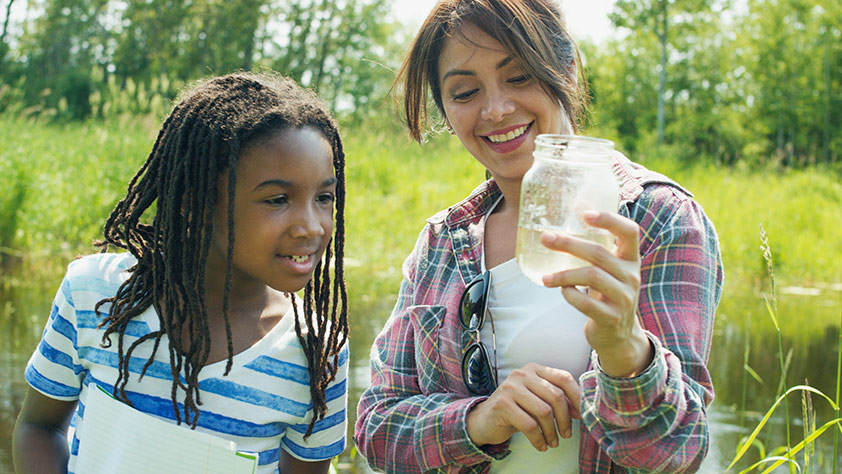
by NEA Member Benefits
Here’s why field trips are important
The study found that regardless of gender, ethnicity or socioeconomic status, children who take school trips have better grades (59%), higher graduation rates from high school (95%) and college (63%) and greater income (12% higher annually).
In fact, 89% said educational trips had a positive, lasting impact on their education and career because enriching field trips made them more engaged, intellectually curious, and interested in and out of school.
“When I was growing up, my parents said the 3 Rs (reading, writing and arithmetic) were important,” says Roger Dow, president and CEO of the U.S. Travel Association. “But for my kids, I made ‘roaming’ the fourth R. We live in a global society, and if you don’t see outside the neighborhood you grow up in, the world will pass you by. Traveling has opened my kids’ eyes. It’s made them more confident and inspired them to reach outside their normal environment to learn and obtain skills to bring them to the next level.”
More benefits of school trips
Margy Natalie, acting onsite learning manager at the Smithsonian Institution’s National Air and Space Museum , notes the powerful effect school trips can have on student learning: “Field trips give students the opportunity to learn in a natural environment and experience things first-hand and from primary resources, rather than texts; real objects rather than photos.”
Carylann Assante, executive director for Student & Youth Travel Association (SYTA) and SYTA Youth Foundation , seconds the notion that real world exploration outside the classroom can bolster students’ critical thinking skills. “Today’s students are visual learners, and a field trip lets them touch, feel and listen to what they’re learning about, which helps them build on classroom instruction, gain a better understanding of topics, build cultural understanding and tolerance, and expose them to worlds outside their own.”
Assante says field trips are particularly important for disadvantaged students, as they provide students with unique opportunities that level the playing field. “Field trips give diverse and financially-in-need students equal opportunity to experience things outside classroom that their families may not be able to afford,” she says.
A field trip can also be the first trip a student takes without their parents, so it builds independence, as well. “There’s a reason people say I need to get away and recharge my batteries. There’s truth to it,” Dow says. “If I was a school system looking at these stats, I couldn’t afford not to make this a part of our curriculum.”
Tips for planning a successful field trip
You’ve decided to plan an educational field trip for your class, whether it’s to an art museum, science museum, historic site, aquarium, planetarium or some other immersive, interactive learning environment. Now, you need to know what steps to take to ensure a successful field trip. Keep these expert tips in mind:
1. Look around your region for interesting day trips
Dow suggests a planned field trip so you and your class can easily explore an aspect of local history on a day trip. “You can take a quick drive and see the history of places around you—there’s tons of inexpensive things teachers can do that will have a phenomenal impact,” he says.
2. Do your homework
Ideally, you could scope out the destination in advance to ensure the field trip will produce your desired learning experience. “Plan carefully, do your research, visit the site before you plan, ask questions and take recommendations of staff,” Natalie suggests.
3. Follow protocol
“Teachers need to review their school’s policies on field trips in advance and prepare the forms with specific learning objectives and how the field trip will accomplish those objectives tied to their school's core curriculum,” Assante says. Most museums, attractions and locations have education materials to explain how their attraction supports teacher lesson plans and educational curriculums.
4. Involve your students in the preparation
Prepare your class for their upcoming school field trip by getting them interested and excited about what their experience may be like. “Discuss the goals of the field trip in advance, talk about what they will see and what they should learn,” Natalie says.
Consider letting the class pick the field trip destination so they have ownership and will feel invested in it, Assante suggests.
5. Make trips relevant to classroom instruction
“Base your field trips on your content area. If you’re studying ancient Egypt, don’t take them to Jamestown,” Natalie says. “Focus on how the trip fits into your content or another educational goal. A field trip should be a day out, not a day off.”
6. Incorporate technology
“Many students use their mobile devices to engage with the field trip in the classroom with apps and blogs,” says Assante. This can help create an interactive learning experience that engages students during the trip, and then reconnect with that experience later in the classroom and at home.
7. Engage the senses
Select a field trip destination where students won’t be sitting down, like they typically do in the classroom. They should be able to touch, explore and share their experiences, Assante says.
8. Fundraise to cover any extra costs
“Engage the parents, PTA or other teachers to support school-wide field trips and help raise the funds so everyone can afford to attend the trip,” says Assante, who also notes some large companies even offer field trip grants.
If you’re looking for deals on tickets to attractions and events, see if you can cut the costs of the admissions fees with the NEA Discount Ticket Program .
9. Follow up on the lessons learned
“Students are much more likely to write about an experience they recently had, like the field trip, than a random prompt,” says Natalie, who recommends following up with graded assignments. “Have each student write about their favorite artifact or activity on the field trip, or why this field trip is important to keep, or conversely, how a different field trip might be better.”
Search for travel deals for NEA members
Nea discount tickets program.
Enjoy unique access and deep discounts to must-see places, events and shows. Get up to 40% off tickets to Disney World, Universal Studios, Cirque du Soleil, AMC Movies, Broadway shows, concerts, sporting events and much more!
NEA Travel: Car Rental
Save up to 25% when you rent a car through the NEA Travel Car Rental program. Compare rates at companies such as Avis, Budget, Enterprise and Hertz and pick the best deal for your budget.
NEA Travel: Hotels
Save up to 60% when you book through NEA Travel. And with guaranteed price matching you can rest assured that you’re getting the best hotel price.
NEA Travel: Flights
Find low fares and book a flight to your favorite locales or far-off destinations. Compare rates from multiple carriers to find the best trip for you.
NEA Travel: Cruises
You’ll find the best cruise deals, exclusive offers and amenities from the top cruise lines such as Disney, Carnival and Royal Caribbean.
You might also like

Your Pass to Fun: Get Discounts on Tickets to Popular Attractions
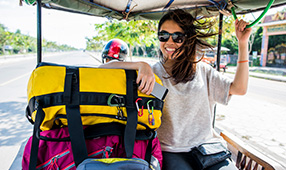
8 Little-Known Vacation Deals for Teachers
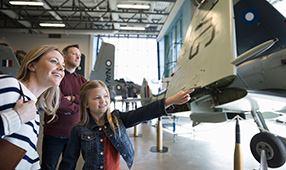
How to Enjoy Great Museums for Free
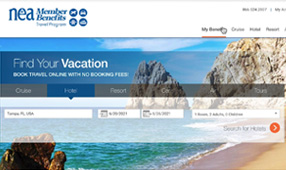
Finding Travel Deals Is Easy With the NEA Travel Program
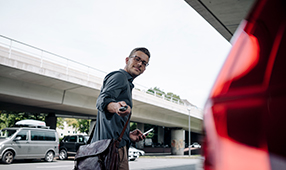
Car Rental Made Quick and Easy

How to Plan a Vacation Without Going Into Debt

Easy Ways to Save Money on a Road Trip
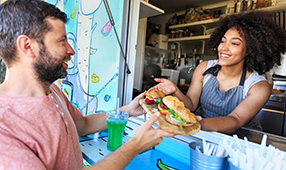
How to Dine on a Dime While Traveling

Travel the World With Grants Just for Educators

Don’t Miss These Top Discounts for Teachers and Education Professionals

Get Easy Access to Our Most Requested Deals and Discounts

A New Way for NEA Members to Find Exclusive Shopping Discounts
Field Trips: Pros and Cons
Off-campus excursions can enhance learning, but they pose challenges
- Tips & Strategies
- An Introduction to Teaching
- Policies & Discipline
- Community Involvement
- School Administration
- Technology in the Classroom
- Teaching Adult Learners
- Issues In Education
- Teaching Resources
- Becoming A Teacher
- Assessments & Tests
- Elementary Education
- Secondary Education
- Special Education
- Homeschooling
- M.Ed., Curriculum and Instruction, University of Florida
- B.A., History, University of Florida
Are field trips worth all the time and effort required to make them successful? Most teachers have asked themselves this question at one time or another, typically when feeling overwhelmed as they prepare for a field trip. The truth is that field trips at any grade level can cause quite a few headaches for teachers. At the same time, well-planned field trips can provide students with truly educational experiences they cannot get in the confines of the classroom. Following is a look at the pros and cons of field trips.
Benefits of Field Trips
Field trips provide students with new opportunities for learning through experience:
Different Learning Modalities
Information is presented to students in a way that meets different learning modalities. Field trips provide students with the ability to learn by doing instead of just passively listening to the information being taught in class.
Students are exposed to new experiences that, hopefully, broaden their horizons. This can be especially helpful for students from lower socioeconomic backgrounds who may not have been exposed to these opportunities before.
Reinforcing Concepts
Concepts that have already been learned in the classroom can be reinforced. Sometimes seeing information being taught in a new way can make a big difference in student comprehension. There is quite a difference between being taught about something like hurricanes and wind speed and experiencing them in an exhibit at a science museum.
Shared Reference
Students are provided with shared reference points that teachers can then refer to and use in future lessons. There may be an opportunity to have two or more disciplines use a field trip as an enrichment activity. For example, a trip to an art museum (art) may couple with a timeline for social studies (political systems in place when art was created) or math (measurements) can combine with science in a biosystem (river, beach, and meadow). In this manner, several teachers can then refer to things that students saw and experienced during the field trip for the remainder of the school year.
Increased Student-Teacher Communication
Students and teachers can see each other in a different light, helping to increase communication between them. Some students who might be overlooked in class because they are quiet might really come alive on field trips.
If parents are involved as chaperones, they can feel more connected to the teacher and the lessons being taught. They can get to know the teacher better and understand what teachers deal with daily.
Meeting Standards
Standards in social studies and science require students to have experiences related to concepts in the discipline. In social studies, students are required to take informed action. In science, students need to be exposed to a series of concepts to help them to better understand the world around them. Field trips help teachers meet these objectives.
Problems With Field Trips
Teachers face a number of concerns and challenges when designing field trips that they need to recognize and address before planning a field trip.
Preparation Needed
Field trips take preparation if teachers want to make them meaningful. They have to coordinate locations and transportation. They also need to create an effective lesson plan that they will follow when on the excursion.
Students will be out of the school building for a field trip, which means they will miss other classes—at least in middle and high school. If each core subject area (ELA, math science, or social studies) offers one field trip during a school year, students would be out of the building for four days. School attendance policies may count these as excused absences, but any field trip that removes students from class reduces the number of classroom hours.
Trips Can Be Costly
Field trips can be expensive, and some students may not have the funds to attend. Organizers of the field trip may consider asking for parents to add a few dollars to help students in need. School boosters may need to host a fundraiser for students to raise money for more expensive trips.
Teachers have to organize the collection of money and the assigning of chaperones. Teachers need to spend some time creating student groups that work for all students and ensuring that chaperones are assigned accordingly.
Teachers will likely have to deal with red tape as they plan field trips including permission slips, medical information, and emergency procedures. Schools typically require paperwork from teachers and their students.
Potential Discipline Problems
Students will be placed in a larger environment than the classroom. New surroundings could possibly lead to additional discipline problems. Because teachers typically only lead a small group (such as 30 to 40 students), they may not be able to maintain control over the behavior of every student on the field trip, especially if the group is large. Teachers should go over rules and expectations before the field trip, enforce the rules strictly while away from school grounds, and create effective consequences for misbehavior.
May Be Disappointing
The field trip destination might not live up to the teacher's expectations. The location might not be as interesting as the teacher thought it would be. The time to complete the field trip might be considerably less than was expected. Therefore, it is a good idea to have some contingency plan in mind just in case.
There may be students who, for one reason or another, will not attend the field trip. Teachers must leave lessons, usually enrichment offerings, that mirror some of the concepts being experienced on the field trip.
Requesting Feedback
One of the best ways to measure the success of a field trip (other than returning all students back to the school) is to ask for feedback. Teachers can post a survey for participants and for other chaperones asking them to express how they would evaluate the trip.
Opportunity to Reflect
Students should have the opportunity to reflect on the trip and write a response in a journal or essay. Requiring journal responses after the trip can solidify the information learned as students reflect on their new experiences. Asking students to write a thank you to the school principal for allowing the trip may even smooth the path to additional field trips.
Worth the Difficulties
Many teachers feel that well-chosen field trip destinations are worth the difficulties they may create. The key is taking the time to plan each aspect as much as possible. Teachers should be proactive when thinking about and planning field trips. Students, on the other hand, may remember the experience of the school field trip as a highlight of the school year, and the time they learned more than anything taught in class.
- How to Have a Safe, Fun, and Successful Field Trip
- The Pros and Cons of Block Schedules
- Pros and Cons of Teaching
- Job Sharing for Teachers
- What Are Some Pros and Cons of the Common Core State Standards?
- Whole Group Discussion Pros and Cons
- Pros and Cons to Flexible Grouping in Middle and High School
- Parents Guide to the Pros and Cons of Homeschooling
- The Pros and Cons of Allowing Cell Phones in School
- 11 Pros and Cons of Using Movies in Class
- 10 Pros and Cons of Being a School Principal
- 7 Back to School Tips for Teachers
- How Scaffolding Instruction Can Improve Comprehension
- How to Avoid Common Mistakes When Writing Learning Objectives
- Advantages and Disadvantages of Lecturing
- 7 Ways to Take Control of Your Classroom to Reduce Student Misbehavior

Holocaust museum will host free field trips for eighth graders in New York City public schools
N EW YORK (AP) — A Holocaust museum in New York City will offer free educational field trips to eighth grade students in public schools in a program announced Thursday aimed at combating antisemitism.
The program will allow up to 85,000 students at traditional public schools and charter schools to tour Manhattan’s Museum of Jewish Heritage over the next three years, starting this fall. New York City is the largest school district in the nation, serving more than a million students. Organizers say the museum and the new program have the capacity to host up to one-third of the district's eighth graders each year.
City Council member Julie Menin said she raised the idea with the museum after the Oct. 7 Hamas attacks on Israel, in an effort to combat rising antisemitism in the U.S. Incidents targeting Jewish and Muslim Americans have been recorded across the country since the Israel-Hamas war erupted, ranging from offensive graffiti to violence .
“We needed a proactive approach to combat this hatred at its roots," Menin, a Democrat and daughter of a Holocaust survivor, said in a statement. “That’s why I approached the Museum of Jewish Heritage with the vision of a universal field trip program.”
The effort will cost around $2.5 million, with $1 million coming from the Gray Foundation, a nonprofit backed by Blackstone CEO Jon Gray that funds other programs for New York youths, as well as cancer research. Menin said the museum will look to other sources for the rest.
The museum already offers student discounts and free admission days. The new program will cover transportation, guides and take-home materials for the eighth graders, Menin said.
The tours will focus on the global history of antisemitism and propaganda that precipitated the Holocaust, as well as offering an experience for students to reflect on current events, Menin's statement said.
Principals will play a key role in deciding which schools will participate in the program, Menin said in a phone call. Schools can sign up through the museum website.
New York City Public Schools spokesperson Nathaniel Styer said in a statement that “programming is a school-based decision, but the funding in this announcement will help remove barriers to participation.”
In testimony before U.S. Congress earlier this month, New York City Schools Chancellor David Banks said the city had already begun rolling out new measures to combat antisemitism in schools, including developing a new curriculum “highlighting the culture and contributions of the Jewish community.”
New York schools are required to teach about the Holocaust, with explicit curriculum covering the subject beginning in eighth grade.

Explore Greyhound Nation
- Loyola Today
- Virtual Visits & Info Sessions
- Request Information
Virtual Field Trips in Science Methods
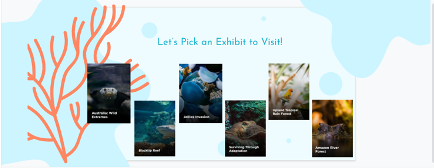
In my undergraduate class, Methods of Teaching Science, a routine assignment to plan a field trip for students, quickly turned into something much more once the COVID-19 pandemic hit, and the country shut down. Teachers throughout the country had to get more creative and think outside of the box to continue to make learning fun and interesting while educating virtually. Businesses began to feel the same, so they started to make “virtual visits.” This led to the idea of incorporating a “virtual field trip” into the college level teacher preparation class.

This assignment was started with the instructor before me, I just reformatted it to fit my course. It was a great way for undergraduate teacher candidates to learn how to use technology to make their instruction engaging and fun, all while tying the real world to learning in an authentic manner.
The assignment shared a variety of ways to add in a “virtual” component. Some teacher candidates used webcams that the locations set up while others incorporated videos that toured different facilities and locations. How the virtual visit was presented to students depended on the lesson, activity, location, etc. Some teacher candidates had their “students” taking a self-guided tour through websites while others would “present” to them on a screen in the front of the room, or possibly a “zoom” style guest speaker with someone at the specific location.
Overall, the teacher candidates found this assignment to be challenging, however, very beneficial. They were introduced to another strategy to add to their teaching “toolbox.”
What activities will be offered during a virtual field trip? Would there be a narrator explaining what the user sees or will it just be a visual experience?
This would depend on the location and/or purpose. I had a student who took us to the San Diego Zoo to see animals in their habitats. She shared the webcams from a variety of animal locations throughout the zoo. This student was also thinking ahead, because live webcams show what is happening right then (sometimes the animals are not cooperating) so she had placed videos that the zoo had saved and placed on their websites as backups within her lesson. This way she was sure that her students would be able to see what was needed for learning to occur. Another student took us to the Air and Space Museum. During her lesson, she shared a recorded tour of the museum; picking a few areas for the visit; the ones that matched her purpose/lesson outcome.
In completing this assignment, students learned that there are a vast number of resources readily available to them and that these resources could enhance their lessons. These virtual field trips took us to locations that we otherwise wouldn’t have been able to visit. They learned that adding in this real-world component made their lessons come to life and be more interesting and fun. Some takeaways…they didn’t have to use everything they found about a particular location or everything that that location offered. Some locations have made materials for teachers to use with students virtually, and while these are extremely helpful, they weren’t necessarily needed; especially if the objective/outcome my students were working towards didn’t match that of the lesson/activity the location created.
How did this assignment help enhance everyday instruction?
My students quickly learned that they could enhance many of their lessons with what they learned from this assignment. They could use these “field trips”, or parts of them, for a variety of purposes; at the beginning of their lessons to get the students excited and engaged in a certain topic, during their instruction to bring the topic to life, and even at the end as a way to enhance or extend the students learning and take it to another level.
Which location was the students’ favorite place to plan and visit?
Good question. I'm not sure, but if I had to pick one, I would say riding the roller coaster at Disney World and then discussing the physics behind roller coasters.
Any future plans with this assignment?
I do plan on using this assignment again this semester. I feel this assignment is beneficial and an activity that they will remember and want to take into their own classrooms one day. One day we may test-pilot these with students. Originally, last semester, we were going to use them with our field experience class of students; however, it didn’t play out (COVID interfered). Maybe one day!
Holocaust museum will host free field trips for eighth graders in New York City public schools
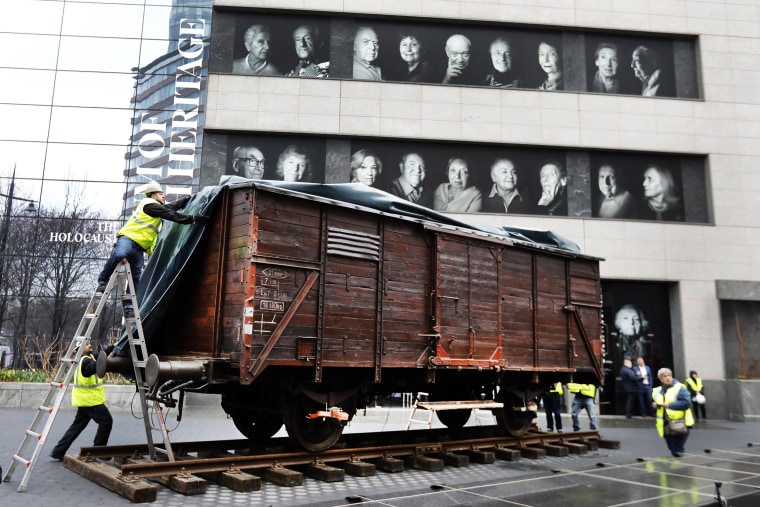
NEW YORK — A Holocaust museum in New York City will offer free educational field trips to eighth grade students in public schools in a program announced Thursday aimed at combating antisemitism.
The program will allow up to 85,000 students at traditional public schools and charter schools to tour Manhattan’s Museum of Jewish Heritage over the next three years, starting this fall. New York City is the largest school district in the nation, serving more than a million students. Organizers say the museum and the new program have the capacity to host up to one-third of the district’s eighth graders each year.
City Council member Julie Menin said she raised the idea with the museum after the Oct. 7 Hamas attacks on Israel, in an effort to combat rising antisemitism in the U.S. Incidents targeting Jewish and Muslim Americans have been recorded across the country since the Israel-Hamas war erupted, ranging from offensive graffiti to violence .
“We needed a proactive approach to combat this hatred at its roots,” Menin, a Democrat and daughter of a Holocaust survivor, said in a statement. “That’s why I approached the Museum of Jewish Heritage with the vision of a universal field trip program.”
The Associated Press
- Election 2024
- Entertainment
- Newsletters
- Photography
- Personal Finance
- AP Investigations
- AP Buyline Personal Finance
- AP Buyline Shopping
- Press Releases
- Israel-Hamas War
- Russia-Ukraine War
- Global elections
- Asia Pacific
- Latin America
- Middle East
- Election Results
- Delegate Tracker
- AP & Elections
- Auto Racing
- 2024 Paris Olympic Games
- Movie reviews
- Book reviews
- Personal finance
- Financial Markets
- Business Highlights
- Financial wellness
- Artificial Intelligence
- Social Media
Holocaust museum will host free field trips for eighth graders in New York City public schools
FILE - Portraits of Holocaust survivors are displayed at the Museum of Jewish Heritage as a vintage German train car, like those used to transport people to Auschwitz and other death camps, is uncovered on tracks outside the museum, in New York, Sunday, March 31, 2019. A privately funded effort in New York City will offer a Holocaust education field trips to all eighth graders in public schools. The partnership between the Museum of Jewish Heritage and Gray Foundation was announced Thursday by New York City Councilmember Julie Menin. (AP Photo/Richard Drew, File)
- Copy Link copied
NEW YORK (AP) — A Holocaust museum in New York City will offer free educational field trips to eighth grade students in public schools in a program announced Thursday aimed at combating antisemitism.
The program will allow up to 85,000 students at traditional public schools and charter schools to tour Manhattan’s Museum of Jewish Heritage over the next three years, starting this fall. New York City is the largest school district in the nation, serving more than a million students. Organizers say the museum and the new program have the capacity to host up to one-third of the district’s eighth graders each year.
City Council member Julie Menin said she raised the idea with the museum after the Oct. 7 Hamas attacks on Israel, in an effort to combat rising antisemitism in the U.S. Incidents targeting Jewish and Muslim Americans have been recorded across the country since the Israel-Hamas war erupted, ranging from offensive graffiti to violence .
“We needed a proactive approach to combat this hatred at its roots,” Menin, a Democrat and daughter of a Holocaust survivor, said in a statement. “That’s why I approached the Museum of Jewish Heritage with the vision of a universal field trip program.”
The effort will cost around $2.5 million, with $1 million coming from the Gray Foundation, a nonprofit backed by Blackstone CEO Jon Gray that funds other programs for New York youths, as well as cancer research. Menin said the museum will look to other sources for the rest.
The museum already offers student discounts and free admission days. The new program will cover transportation, guides and take-home materials for the eighth graders, Menin said.
The tours will focus on the global history of antisemitism and propaganda that precipitated the Holocaust, as well as offering an experience for students to reflect on current events, Menin’s statement said.
Principals will play a key role in deciding which schools will participate in the program, Menin said in a phone call. Schools can sign up through the museum website.
New York City Public Schools spokesperson Nathaniel Styer said in a statement that “programming is a school-based decision, but the funding in this announcement will help remove barriers to participation.”
In testimony before U.S. Congress earlier this month, New York City Schools Chancellor David Banks said the city had already begun rolling out new measures to combat antisemitism in schools, including developing a new curriculum “highlighting the culture and contributions of the Jewish community.”
New York schools are required to teach about the Holocaust, with explicit curriculum covering the subject beginning in eighth grade.
These Arizona students went on a ‘field trip’ using virtual reality; here’s how it works
PHOENIX (AZFamily) — The future is here. We’ve got self-driving cars and programs that can write everything from a cover letter to conversing with you.
Now, you can add virtual reality field trips to that list. Immersive experiences are now just commonplace. For many, though, it can be pricey and just a little out of reach. But Act One , a cultural experience nonprofit, wants to close the gaps in access to some of our state’s most underserved students.
The students in Mr. Abbotts’ photography class may be sitting in their North High School classroom, but they’re about to go on a trip.
“Please put your headsets on we’re going to calibrate them and have them all look the same direction and then we’re going to start the chapter,” said Act One Field Trip Manager Emanuel Class.
“They’re being transported to the Four Corners area right now,” said Aaron Abbott. He’s also a teacher ambassador for Act One. The Valley nonprofit strives to provide arts and cultural experiences for Arizona families, particularly those at or below the federal poverty level.
“We actually travel the entire state we have two vans, and we come to students anywhere, Title One schools for free and we bring the arts for them,” said Executive Director Beth Maloney.
This arts immersion experience is called “Weaving Our Story.” Local indigenous artists share their stories from their perspectives on hoop dancing, sheepherding, art and storytelling.
“I personally like it because I’m native so being able to see my culture represented in the classroom is just a very nice experience and I like it being shared with my fellow classmates and friends. It just makes me very happy,” said one student.
Act One says this was born out of the pandemic when schools and art institutions were shut down. Now the technology has grown, gotten better and this is here to stay.
“Oh it’s super cool and it’s not always possible to get them to art museums or artists they might be studying and this gives them that opportunity,” said Abbott.
It’s Act One’s second season of content. Their first season highlighted Mexican art and history. Over 18,000 students have participated in these VR field trips so far.
See a spelling or grammatical error in our story? Please click here to report it .
Do you have a photo or video of a breaking news story? Send it to us here with a brief description.
Copyright 2024 KTVK/KPHO. All rights reserved.

Father, 2 children dead in murder-suicide at Surprise home, police say

Wildcat Fire grows to 14,402 acres near Bartlett Lake, 36% contained

New details on domestic violence situation of mother, suspect in Surprise standoff

Body-cam video shows officers rescue wounded baby from Surprise home before deadly standoff

Gov. Hobbs signs bills that expands backyard casitas, chickens, among other legislation
Latest news.

Arizonans pack lakes across the state for Memorial Day weekend

Temperatures could hit 105 degrees in Phoenix area this week

How to stay safe on the water as Bartlett Lake sees more visitors

SR 87 reopens after wrong-way crash leaves 3 dead near Fountain Hills

State Route 87 reopens after wrong-way crash kills 3 people
- Share full article
Advertisement
Supported by
N.Y.C. Public Schools Will Send 8th Graders to Visit Holocaust Museum
New York City will give schools the option to send eighth-graders on field trips to the Museum of Jewish Heritage as part of an effort to address antisemitism.

By Emma G. Fitzsimmons
As tension continues to simmer over the Israel-Hamas war, New York City officials have embraced a privately funded initiative to send all eighth graders in public and charter schools to visit the Museum of Jewish Heritage.
The program, part of a $2.5 million public-private partnership to address antisemitism, will be seeded with $1 million from a foundation run by Jon Gray, the president of the investment firm Blackstone.
The citywide field trip plan, which was announced on Thursday, will center on the museum’s efforts to educate younger visitors about the Holocaust. The initiative comes as schools grapple with questions about how to approach the Israel-Hamas war and what to teach about the history of the conflict. It will be optional for schools and will start this fall.
In places like California , there have been pushes for teaching pro-Palestinian lessons in schools. Leaders in New York City’s school system, which is particularly diverse, with tens of thousands of Jewish, Muslim and Arab students, are moving to offer new curriculum materials about antisemitism and Islamophobia .
New York is one of nearly two dozen states that are required to teach students about the Holocaust, and lawmakers included $500,000 in the state budget this year to review and update Holocaust curriculums in schools.
The field trip program was created by Julie Menin, a Jewish city councilwoman from Manhattan whose mother and grandmother survived the Holocaust in Hungary. She said that she was worried about a rise in antisemitic attacks in the city.
“We need a proactive approach to combat this hatred at its roots,” she said.
Ms. Menin said that eighth grade was an appropriate time for students to learn about the atrocities of the Holocaust, in which six million Jews were killed. She said that visiting the exhibition would make a more lasting impression than reading about it in a textbook.
“We know there are Holocaust deniers,” she said. “When you see this exhibition and you personally witness the stories of survivors, it truly makes a difference.”
The program will be offered to more than 85,000 students in public and charter schools over the next three years. The museum , in Lower Manhattan, opened in 1997 and describes itself as a living memorial to the Holocaust.
Shahana Hanif, the first Muslim woman elected to the City Council, who represents a district in Brooklyn, said the program was a good investment and also underscored the need for programming built around Palestinian history.
“There is no Palestinian Cultural Center in New York City, nor an Islamic Heritage Museum,” she said. “These would be great investments for an inclusive education and learning opportunity.”
Edward Ahmed Mitchell, the national deputy director of the Council on American-Islamic Relations, also supported the use of field trips to “help students of today recognize and oppose modern genocides, whether in China, Sudan, Myanmar, Gaza or anywhere else.”
Mr. Gray, who is Jewish, has worked with Ms. Menin on other programs to offer free swim lessons and college savings accounts to public school students. He and his wife, Mindy, said in a statement that an “alarming rise in antisemitism today must be addressed through better education about our past — both its darkest moments and the incredible displays of courage in response.”
The museum will hire additional staff to run the program and work with schools to schedule tours and to provide free transportation.
The city’s Education Department is also working with the museum to create a new Holocaust teaching guide for educators that will be released in the fall. The schools chancellor, David C. Banks, has said that by June 2025, the system will offer separate curriculum series on the culture and contributions of Jewish and Muslim Americans to society — as part of a social studies initiative that has already offered materials on Asian Americans and L.G.B.T.Q. stories.
Mr. Banks, who attended the announcement along with City Council members and Randi Weingarten, president of the American Federation of Teachers, praised the field trip program.
The Museum of Jewish Heritage is currently offering a new exhibit, called “Courage to Act: Rescue in Denmark,” which is designed for 9- to 12-year-olds and explores how ordinary Danes saved 7,200 Jews by smuggling them into Sweden by boat.
Troy Closson contributed reporting.
Emma G. Fitzsimmons is the City Hall Bureau Chief for The Times, covering Mayor Eric Adams and his administration. More about Emma G. Fitzsimmons
- Our Mission

How Financial Literacy Can Engage and Motivate Reluctant Math Students
Through practical exercises in earning and spending, students can discover the complexities of personal finance and practice math in the process.
“When am I ever going to need to know this?” is a question that math teachers around the world often hear from students.
In response, many educators are left wondering how they can show students the real-world implications of the math they’re doing—while driving classroom engagement in the process. According to former middle school teacher Pamela Kranz , one answer is to tie foundational math concepts to topics that students are inherently interested in, like personal finance.
For adults, creating and sticking to a budget is one of the many drudgeries of life. But for Kranz’s sixth-grade students, a detailed unit around balancing checkbooks, paying bills, and planning for unexpected costs proved to be an informative and engaging look at the tangible uses of math.
“Students loved this unit and were so sad when it was over,” Kranz told Edutopia; they often asked, “Can we keep doing this forever?”
Kranz’s students aren’t unique; surveys show that the majority of students want to learn about financial literacy in schools. Kranz says personal finance is a great bridge to getting kids more engaged in math class—and an important step toward preparing the next generation for their postgraduate life: “It answers the question, ‘When are we going to have to use this?’”
We spoke to Kranz to learn more about her unit and how teachers can re-create it.
CHOOSING A JOB
To begin the unit, which took up a chunk of Kranz’s math and English language arts (ELA) classes over the course of a month, Kranz had students pick a career from dozens of options—everything from car mechanic to museum curator. To ensure that the class ended up with a diverse mix of careers—not just athletes and doctors—she had students select their five favorite jobs, from which Kranz chose final assignments.
Kranz assigned students an hourly wage for each job that was based on real-world salary data from the Bureau of Labor Statistics . Kranz says she told students their salary only after they selected their job: “I wanted them to think about ‘What do you want to be when you grow up?’ not ‘How much money do you want to make when you grow up?’”
Based on this hourly salary, students practiced their multiplication skills and used their understanding of percentages to calculate how much they’d make over the course of a month; they were to assume that they worked 40 hours a week for four weeks and had a flat tax rate of 15 percent.
This final figure was their budget for the month. A mechanic with an hourly wage of $23, for example, might have a monthly budget of $3,128, while a curator with an hourly wage of $28 might have a monthly budget of $3,808.
MANAGING EXPENSES
Students spent the rest of the month figuring out how to fit real-world expenses into their budget. For each expense, choosing between options and calculating how much they would have to pay took a class period or two; students filled out simple worksheets to show their work, which Kranz later assessed.
Rent: To help students decide where they wanted to live, Kranz brought in magazines and let students use sites like Zillow or Apartments.com to look for rentals in their city. It was up to each student to balance affordability with other desirable qualities, such as a good location or amenities. Kranz’s only rule was that students could not spend more than 30 percent of their monthly income on rent; if they couldn’t find any options in that range, they had to find a roommate.
Utilities: At the end of the month, students paid for common utilities like water, electricity, and internet if they weren’t already included in their apartment’s rent. To determine how much they owed, Kranz introduced some randomness: With gas, for example, students drew four cards labeled 0 to 9 and had to arrange them into the largest dollar amount they could—like “$86.33” or “$65.10.” If students had a conversation with their parents about real-life ways to save on utility bills, Kranz gave them a 10 percent discount.
Transportation: Each student was assigned a random building in the city that would be their designated workplace. It was up to them to decide on an affordable means of transportation to get to their workplace from their new apartment. Students used sites like Google Maps to compare and contrast public transportation options, decide on one, and calculate how much their commute would cost each month. Meanwhile, students who wished to buy a car went online to compare the prices of new and used cars. They used Bank of America’s auto loan calculator to determine what the monthly loan payment would be, but many discovered that a car loan wouldn’t fit into their monthly budget.
Groceries: To help students better understand food prices, Kranz took them on a field trip to the grocery store. Students made shopping lists in advance—starting with everything they believed they needed for the month and including other things they simply wanted . With the help of a handful of parents, kids walked around the aisles and wrote down the prices of everything on their list—weighing fruits and vegetables as needed. When students got back to class and totaled up their grocery bill, “they were shocked at how much money they spent,” and many parents expressed gratitude for their children’s newfound empathy, Kranz says.
Unexpected costs: In real life, unexpected costs pop up no matter how well you budget. To mimic these, a few times each week, Kranz had students pull a slip of paper from a bin of surprise expenses. Some stated, simply, that it was a good week with no issues. Others mentioned car problems, dropped phones, or medical emergencies—with set prices students had to pay, like $50 to fix a cracked phone screen or $200 for stitches at the hospital.
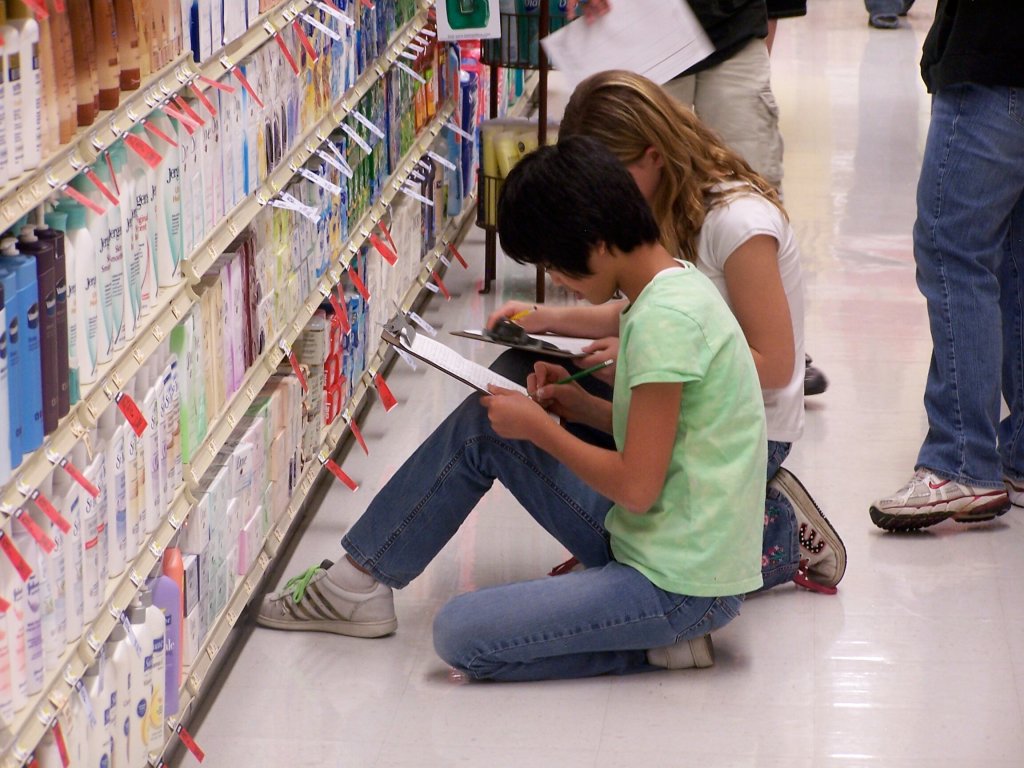
BALANCING CHECKBOOKS
Students paid for expenses with mock checks that they put in envelopes and handed to the “bank.” A handful of students in each class were assigned the role of banker, and they’d create a record of the money coming in and out of each of their clients’ accounts. (Bankers had about five clients each.)
At the end of the month—and unit—every student had to balance their checkbook and ensure that their own personal record of expenses matched up with the bank’s. When it didn’t, due to an error by either the student or the banker, the two compared records and calculations to determine who was wrong and why. Kranz would sometimes step in and use her own records to address financial disputes that students couldn’t work out among themselves.
Despite their best attempts, some students were in the red by the end of the month and didn’t have enough left for their utilities or other expenses. “Some were very upset about it—I had tears in the classroom and everything,” Kranz says. “And we had a discussion about what happens in real life if you can’t pay your bills,” as well as the importance of building up savings.
Students wrote a final reflection on what they had learned during the unit. Many, Kranz says, wrote about their frustrations—like clerical errors from the banker or the random unexpected costs. Kranz says these reflections are important: “We all have frustrations in life, and it’s good to think about how you’re going to deal with them in advance.”
WIDE-RANGING BENEFITS
In addition to helping students develop a more hands-on understanding of math concepts such as percentages, adding and subtracting decimals, weights and measures, and estimation, Kranz says the unit has many other academic benefits.
Looking through websites and magazines for housing, transportation, and career information boosts students’ reading comprehension and technological literacy—which is why Kranz incorporated the unit into her sixth-grade ELA classes, not just math.
But perhaps the biggest benefit, Kranz says, is that her students—including many who didn’t previously love math class—became highly engaged, finding a sense of relevance in the work they did. One student commented “that it felt like real life and not some made-up resource with examples that don‘t really apply to them,” Kranz says.
While a monthlong personal finance unit might be difficult for most teachers to incorporate into their schedule, Kranz says there are many ways to introduce financial literacy in more concise ways. As a starting point, she encourages teachers to pick and choose some of the most relevant elements from her unit —like, perhaps, the grocery store field trip or a crash course in finding apartments that fall within your budget.
With a topic like financial literacy, Kranz believes that a hands-on unit based on real-world financial decisions is the best approach: “I suppose students could learn about personal finance through a textbook and check it off the list of topics ‘covered,’ but there’s no connection to the individual,” she says.
Things to Do in Monino, Russia - Monino Attractions
Things to do in monino.
- 5.0 of 5 bubbles
- Good for Kids
- Budget-friendly
- Hidden Gems
- Good for Big Groups
- Adventurous
- Good for a Rainy Day
- Good for Couples
- Honeymoon spot
- Good for Adrenaline Seekers
- Things to do ranked using Tripadvisor data including reviews, ratings, photos, and popularity.

1. The Central Air Force Museum
2. Church of St. George
- Yekaterinburg
- Novosibirsk
- Vladivostok

- Tours to Russia
- Practicalities
- Russia in Lists
Rusmania • Deep into Russia
Out of the Centre
Savvino-storozhevsky monastery and museum.

Zvenigorod's most famous sight is the Savvino-Storozhevsky Monastery, which was founded in 1398 by the monk Savva from the Troitse-Sergieva Lavra, at the invitation and with the support of Prince Yury Dmitrievich of Zvenigorod. Savva was later canonised as St Sabbas (Savva) of Storozhev. The monastery late flourished under the reign of Tsar Alexis, who chose the monastery as his family church and often went on pilgrimage there and made lots of donations to it. Most of the monastery’s buildings date from this time. The monastery is heavily fortified with thick walls and six towers, the most impressive of which is the Krasny Tower which also serves as the eastern entrance. The monastery was closed in 1918 and only reopened in 1995. In 1998 Patriarch Alexius II took part in a service to return the relics of St Sabbas to the monastery. Today the monastery has the status of a stauropegic monastery, which is second in status to a lavra. In addition to being a working monastery, it also holds the Zvenigorod Historical, Architectural and Art Museum.
Belfry and Neighbouring Churches

Located near the main entrance is the monastery's belfry which is perhaps the calling card of the monastery due to its uniqueness. It was built in the 1650s and the St Sergius of Radonezh’s Church was opened on the middle tier in the mid-17th century, although it was originally dedicated to the Trinity. The belfry's 35-tonne Great Bladgovestny Bell fell in 1941 and was only restored and returned in 2003. Attached to the belfry is a large refectory and the Transfiguration Church, both of which were built on the orders of Tsar Alexis in the 1650s.

To the left of the belfry is another, smaller, refectory which is attached to the Trinity Gate-Church, which was also constructed in the 1650s on the orders of Tsar Alexis who made it his own family church. The church is elaborately decorated with colourful trims and underneath the archway is a beautiful 19th century fresco.
Nativity of Virgin Mary Cathedral

The Nativity of Virgin Mary Cathedral is the oldest building in the monastery and among the oldest buildings in the Moscow Region. It was built between 1404 and 1405 during the lifetime of St Sabbas and using the funds of Prince Yury of Zvenigorod. The white-stone cathedral is a standard four-pillar design with a single golden dome. After the death of St Sabbas he was interred in the cathedral and a new altar dedicated to him was added.

Under the reign of Tsar Alexis the cathedral was decorated with frescoes by Stepan Ryazanets, some of which remain today. Tsar Alexis also presented the cathedral with a five-tier iconostasis, the top row of icons have been preserved.
Tsaritsa's Chambers

The Nativity of Virgin Mary Cathedral is located between the Tsaritsa's Chambers of the left and the Palace of Tsar Alexis on the right. The Tsaritsa's Chambers were built in the mid-17th century for the wife of Tsar Alexey - Tsaritsa Maria Ilinichna Miloskavskaya. The design of the building is influenced by the ancient Russian architectural style. Is prettier than the Tsar's chambers opposite, being red in colour with elaborately decorated window frames and entrance.

At present the Tsaritsa's Chambers houses the Zvenigorod Historical, Architectural and Art Museum. Among its displays is an accurate recreation of the interior of a noble lady's chambers including furniture, decorations and a decorated tiled oven, and an exhibition on the history of Zvenigorod and the monastery.
Palace of Tsar Alexis

The Palace of Tsar Alexis was built in the 1650s and is now one of the best surviving examples of non-religious architecture of that era. It was built especially for Tsar Alexis who often visited the monastery on religious pilgrimages. Its most striking feature is its pretty row of nine chimney spouts which resemble towers.

Plan your next trip to Russia
Ready-to-book tours.
Your holiday in Russia starts here. Choose and book your tour to Russia.
REQUEST A CUSTOMISED TRIP
Looking for something unique? Create the trip of your dreams with the help of our experts.

View prices for your travel dates
Reviews we perform checks on reviews. tripadvisor’s approach to reviews before posting, each tripadvisor review goes through an automated tracking system, which collects information, answering the following questions: how, what, where and when. if the system detects something that potentially contradicts our community guidelines , the review is not published. when the system detects a problem, a review may be automatically rejected, sent to the reviewer for validation, or manually reviewed by our team of content specialists, who work 24/7 to maintain the quality of the reviews on our site. our team checks each review posted on the site disputed by our community as not meeting our community guidelines . learn more about our review moderation..
- Excellent 0
- Very Good 0
- English ( 0 )
Own or manage this property? Claim your listing for free to respond to reviews, update your profile and much more.
ELEMASH - Reviews, Photos

IMAGES
VIDEO
COMMENTS
Elementary School Field Trip Ideas. @mjdstoronto. These are the prime field trip years! Here are our favorite trips for every grade. 14 Kindergarten Field Trips (Virtual and In-Person) 15 First Grade Field Trips (Virtual and In-Person) 15 Second Grade Field Trips (Virtual and In-Person) 15 Third Grade Field Trips (Virtual and In-Person)
Find a virtual field trip or activity for your class! Getting Started with Virtual Field Trips. 1. Hidden World of National Parks. 2. Stages Around the World 360 Tour. 3. Hall of North American Mammals. 4.
Coming up with fun, educational, affordable field trip ideas can be a challenge. But field trips offer great learning experiences that promote a sense of school pride and community within the student body. Even though schools operate on tight budgets, you can get creative and keep prioritizing field trips. Here are 35 field trip ideas broken up ...
Virtual field trips can help students explore a new space, build vocabulary and background knowledge, and expand their world view. Whether you want to explore the setting of a novel, introduce a place-based math problem, or make connections to current events, virtual field trips can expand upon traditional lessons in many ways.
The rise of online learning activities during the pandemic accelerated the availability of virtual field trips, tours and experiences for students of all ages. Now there are many interactive virtual tours available to places that would be impossible to reach on a class trip — the pyramids in Egypt, the Louvre museum in Paris or even an ...
Explore the World with Virtual Field Trips. Designed for ages 9-15 but customizable for all ages, virtual field trips allow students to travel the world and explore natural environments without leaving the classroom. Each virtual field trip contains a video, teacher guide and student activities.
Virtual field trips are a type of digital experience that enables students to explore different places, events, or experiences without having to physically leave their classrooms. These trips use technology to create an interactive and immersive learning environment. Typically, in order to take part in a virtual field trip, you will need ...
Field trips aren't a threat to in-class instruction, Erickson notes, they're a tool to help bolster engagement and expand students' horizons. "It's possible to expose students to a broader world and have a culturally enriching curriculum without sacrificing academic outcomes, and it may actually improve academic outcomes," Erickson says.
In those cases, virtual STEM field trips might be the best option. We've put together a list of in-person and virtual STEM field trips to get you thinking about where your next trip might take your students. 1. Sports games offer a fun and engaging way to challenge students to use STEM concepts they've learned in class. Many minor-league ...
They are convenient, cheap and easy ways to travel with students and kids and offer learning opportunities similar to an actual field trip. Travel the world with these 60 Educational & Fun Free Virtual field trips for students. 1. The Zoo; 2. National Parks; 3.
During field trips, students discover new things and learn in authentic environments, placing classroom content into new contexts. Unfortunately, for many schools and students, field trips are rare (if they happen at all). Thankfully, there are great games, apps, and websites that can bring places and experiences fostered by field trips to the ...
Field trips are the highlight of our students' school year and offer them a change of scenery. But behind the scenes, we are the conductors juggling various factors to ensure a smooth and successful field trip. Preparing for the field trip, executing it, and culminating the experience takes a lot of organization! ...
Here a 10 quick tips to help you and your students get the most out of your trip: Plan everything well in advance. Call to schedule the field trip or request an educational fee waiver, get a confirmation, and make necessary arrangements for school and parental permission and transportation. Plan the educational experiences and activities for ...
No supplemental online activities. Son Doong is the world's largest natural cave. Located in Vietnam, it features a subterranean river and the largest cross-section of any cave worldwide. National Geographic's virtual tour lets you explore the cave with full 360-degree views and immersive sounds.
Virtual Field Trips for Elementary | Classroom Resources Folder from PBS LearningMedia. Loading... Inspire your students with thousands of free teaching resources including videos, lesson plans, and games aligned to state and national standards.
Connect Student Field Trip Activities to the Curriculum. One of the most impactful strategies to boost the educational value of a school field trip is to integrate the itinerary with your classroom curriculum. By planning your field trip in conjunction with your curriculum, you ensure that the trips content directly complements what students ...
Here's why field trips are important. The study found that regardless of gender, ethnicity or socioeconomic status, children who take school trips have better grades (59%), higher graduation rates from high school (95%) and college (63%) and greater income (12% higher annually). In fact, 89% said educational trips had a positive, lasting ...
Different Learning Modalities. Information is presented to students in a way that meets different learning modalities. Field trips provide students with the ability to learn by doing instead of just passively listening to the information being taught in class. Students are exposed to new experiences that, hopefully, broaden their horizons.
NEW YORK (AP) — A Holocaust museum in New York City will offer free educational field trips to eighth grade students in public schools in a program announced Thursday aimed at combating ...
In Melissa Gilroy's undergraduate class, Methods of Teaching Science, a routine assignment to plan a field trip for students, quickly turned into something much more once the COVID-19 pandemic hit and the country shut down. This led to the idea of incorporating a "virtual field trip" into the college level teacher preparation class.
NEW YORK — A Holocaust museum in New York City will offer free educational field trips to eighth grade students in public schools in a program announced Thursday aimed at combating antisemitism ...
NEW YORK (AP) — A Holocaust museum in New York City will offer free educational field trips to eighth grade students in public schools in a program announced Thursday aimed at combating antisemitism.. The program will allow up to 85,000 students at traditional public schools and charter schools to tour Manhattan's Museum of Jewish Heritage over the next three years, starting this fall.
These Arizona students went on a 'field trip' using virtual reality; here's how it works. The future of field trips is here for Arizona schools on a budget. Colton Shone reports. PHOENIX ...
The field trip program was created by Julie Menin, ... also supported the use of field trips to "help students of today recognize and oppose modern genocides, whether in China, Sudan, Myanmar ...
Things to Do in Elektrostal. 1. Electrostal History and Art Museum. 2. Statue of Lenin. 3. Park of Culture and Leisure. 4. Museum and Exhibition Center.
Groceries: To help students better understand food prices, Kranz took them on a field trip to the grocery store. Students made shopping lists in advance—starting with everything they believed they needed for the month and including other things they simply wanted. With the help of a handful of parents, kids walked around the aisles and wrote ...
Things to Do in Monino, Russia: See Tripadvisor's 294 traveler reviews and photos of Monino tourist attractions. Find what to do today, this weekend, or in September. We have reviews of the best places to see in Monino. Visit top-rated & must-see attractions.
Zvenigorod's most famous sight is the Savvino-Storozhevsky Monastery, which was founded in 1398 by the monk Savva from the Troitse-Sergieva Lavra, at the invitation and with the support of Prince Yury Dmitrievich of Zvenigorod. Savva was later canonised as St Sabbas (Savva) of Storozhev. The monastery late flourished under the reign of Tsar ...
Many travellers enjoy visiting Summery House A.I. Morozova (5.4 miles) and Shirokov House (7.7 miles). See all nearby attractions. Elemash, Elektrostal: See traveller reviews, 4 candid photos, and great deals for Elemash, ranked #3 of 3 Speciality lodging in Elektrostal and rated 2 of 5 at Tripadvisor.